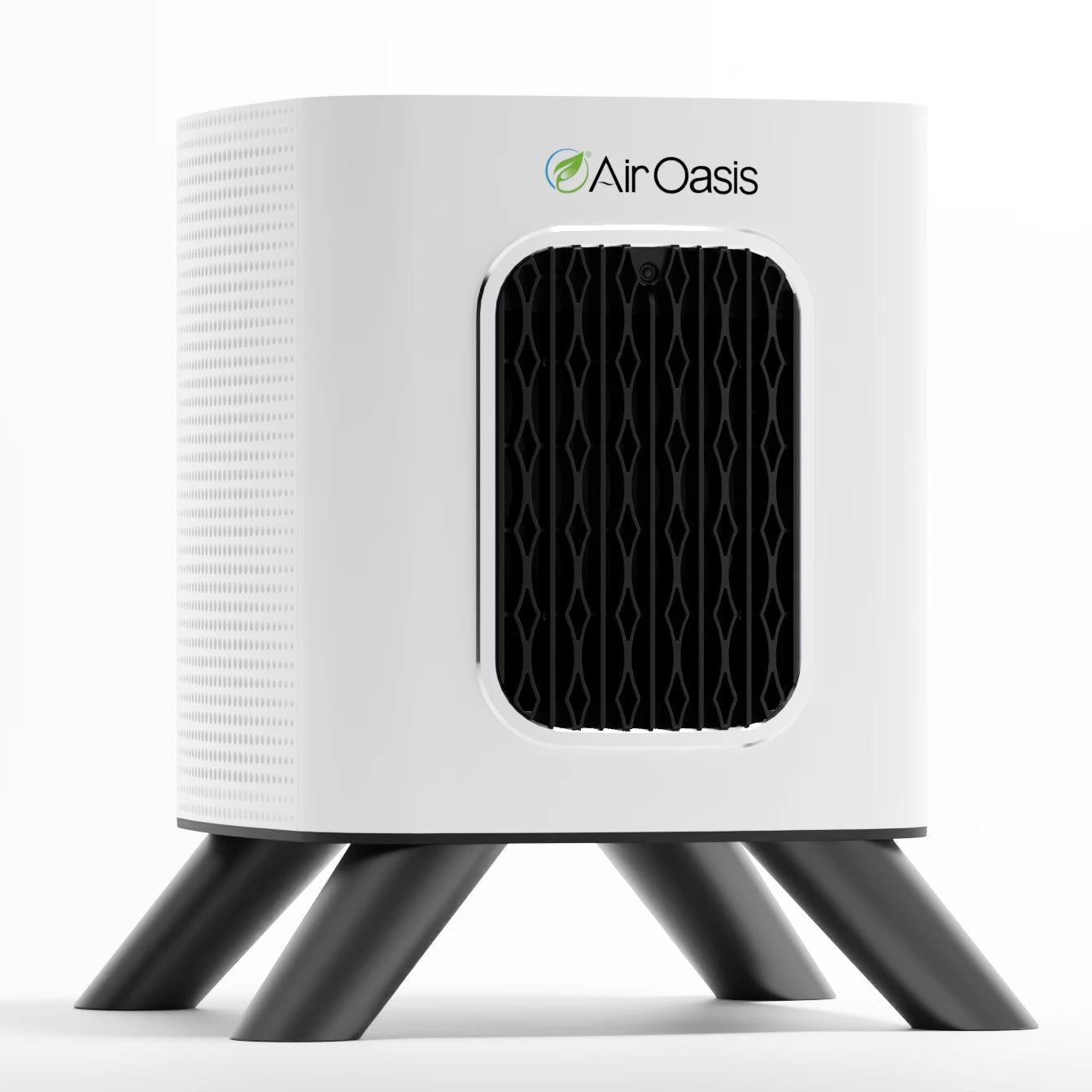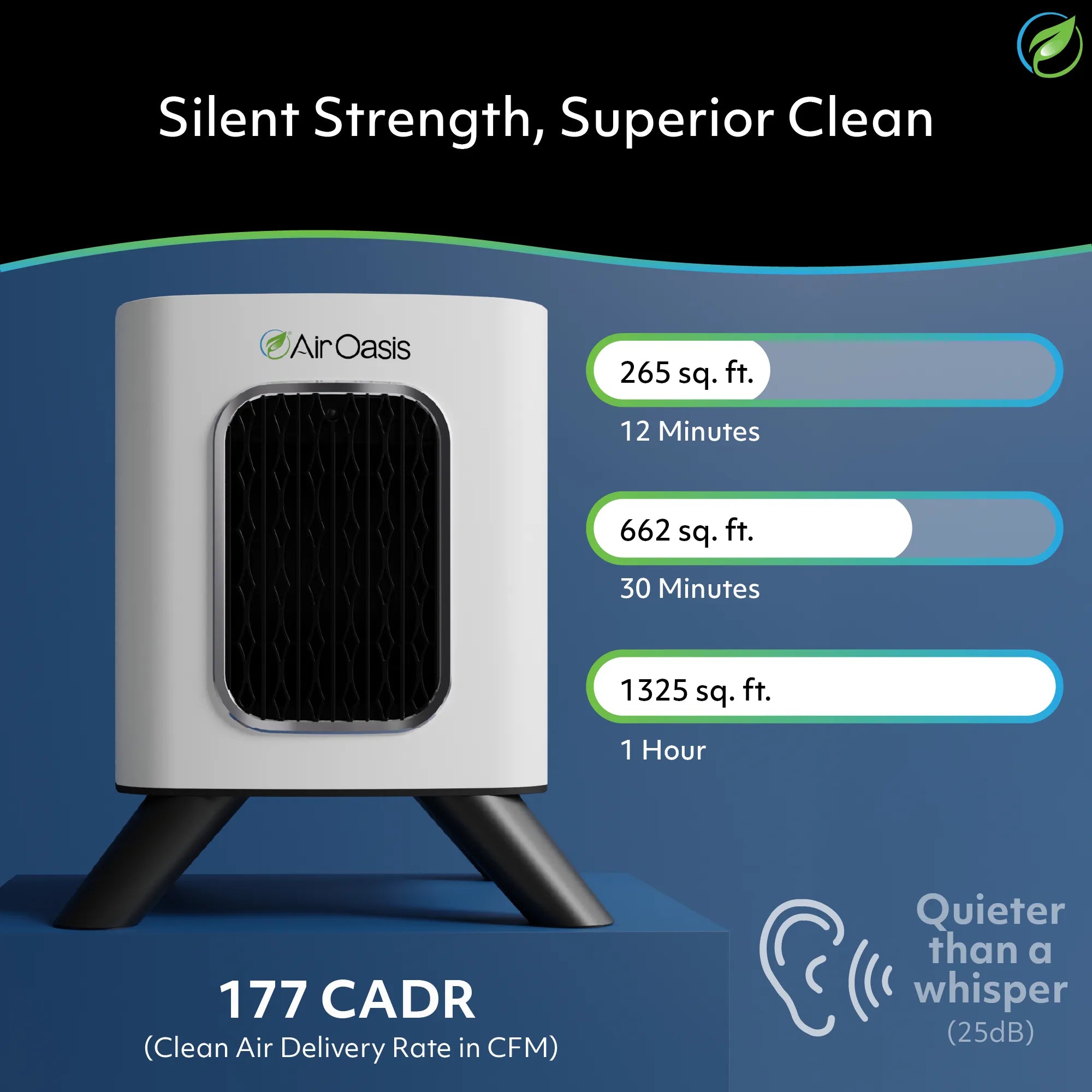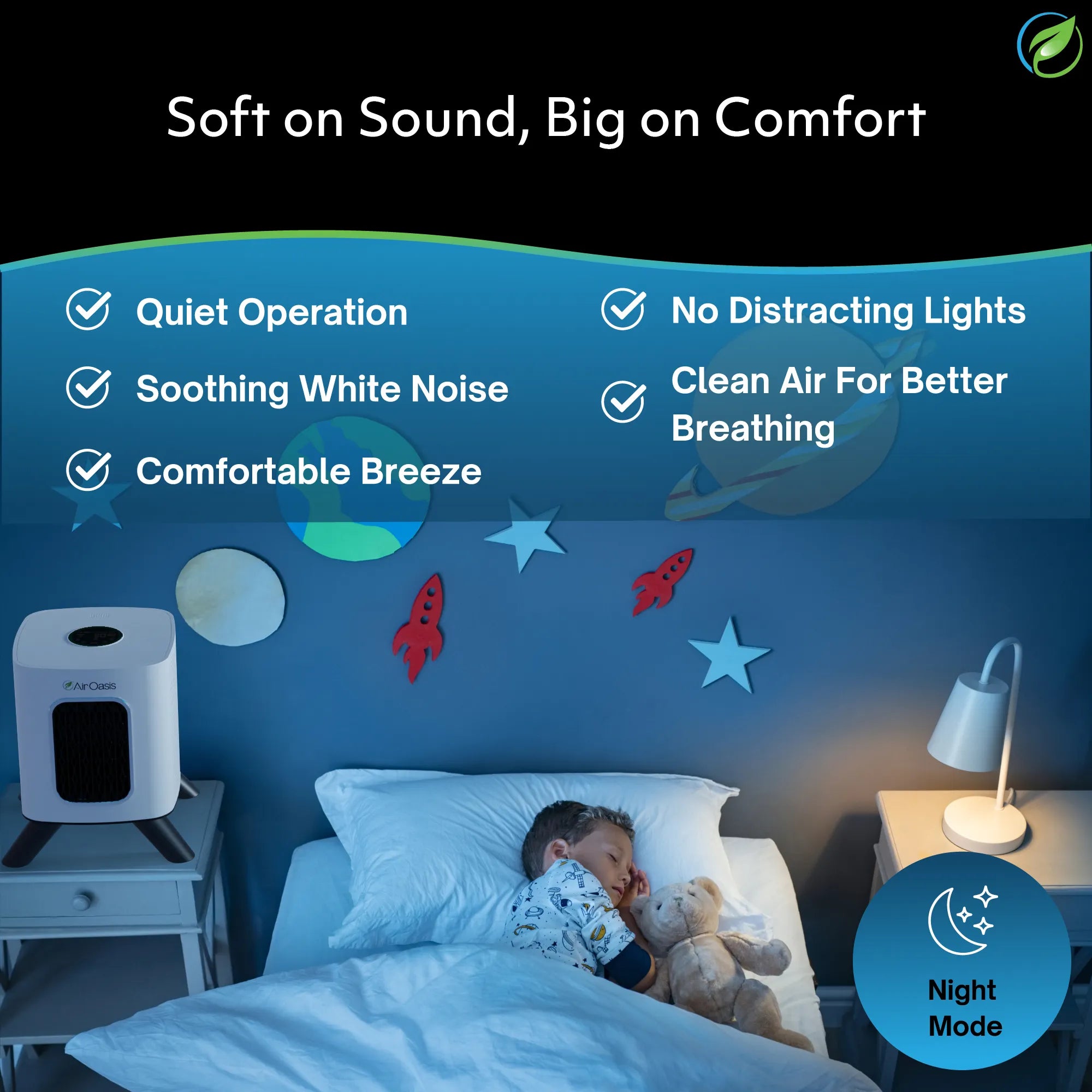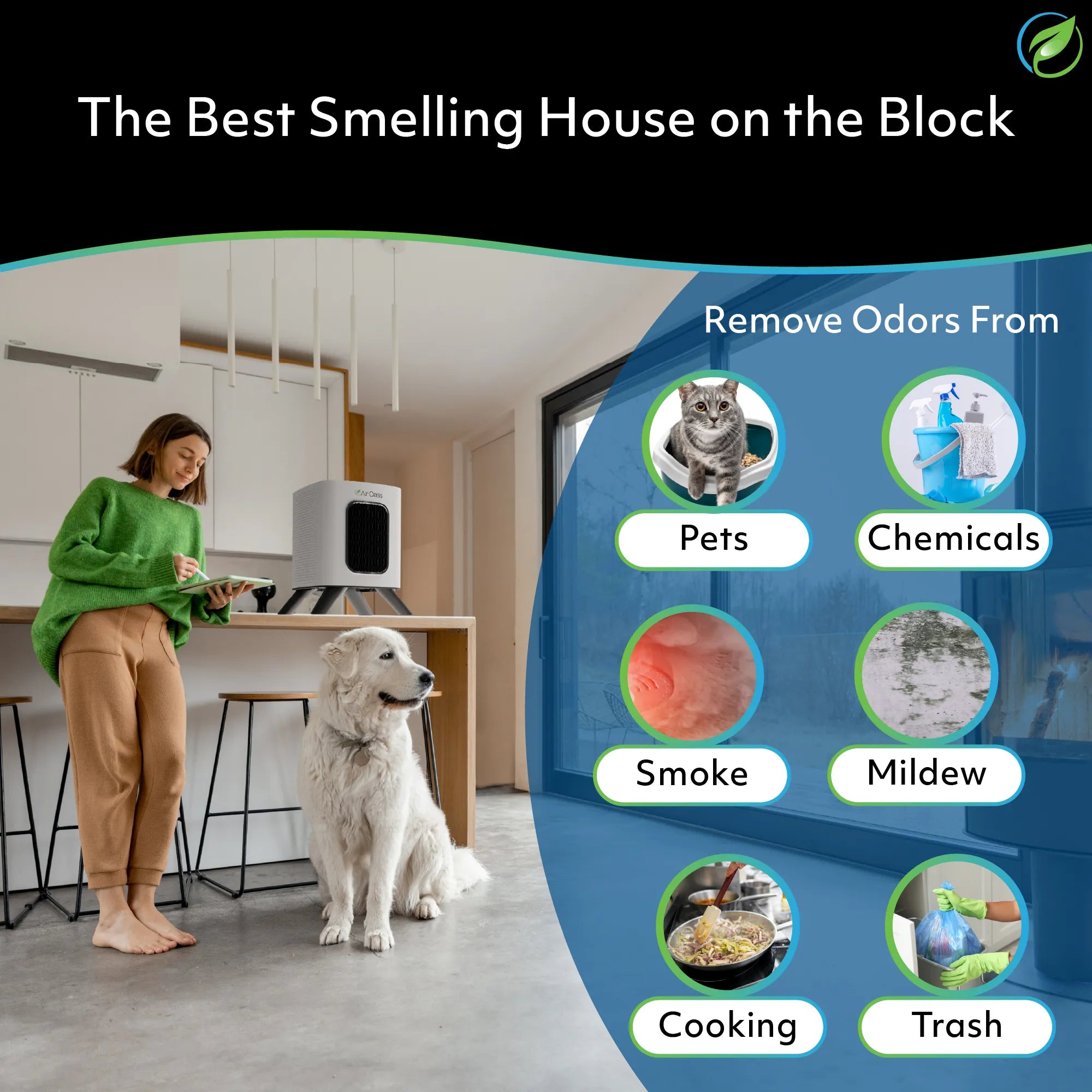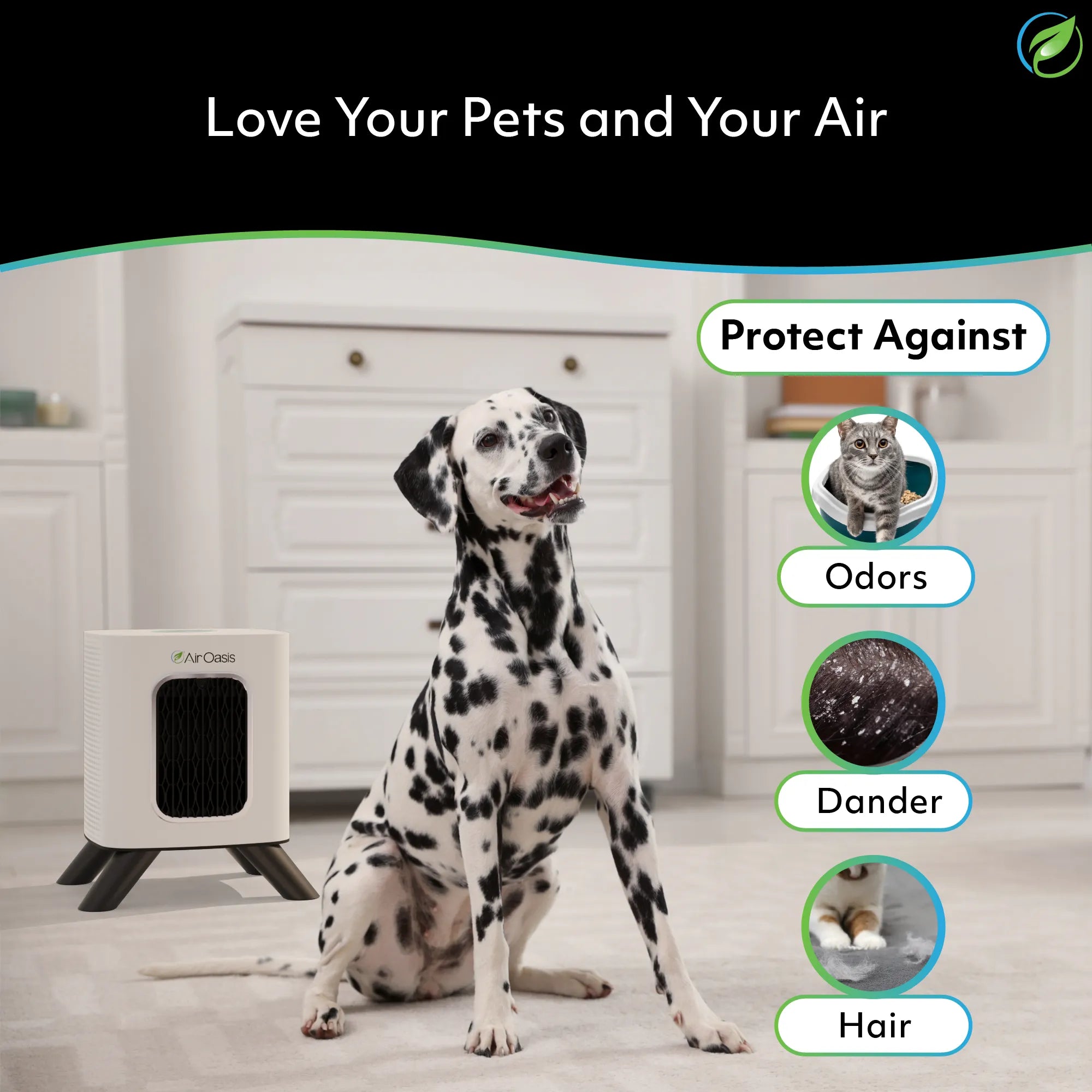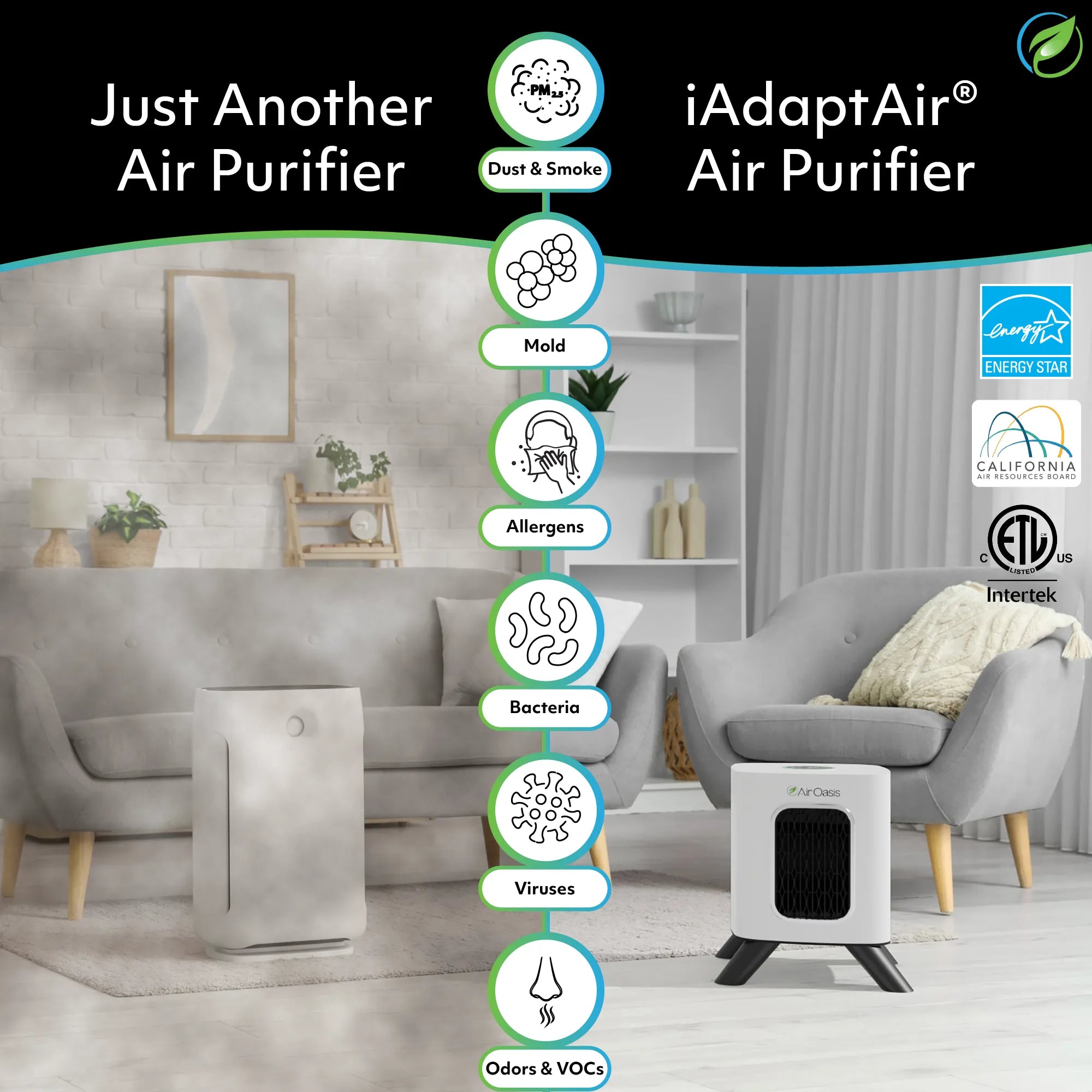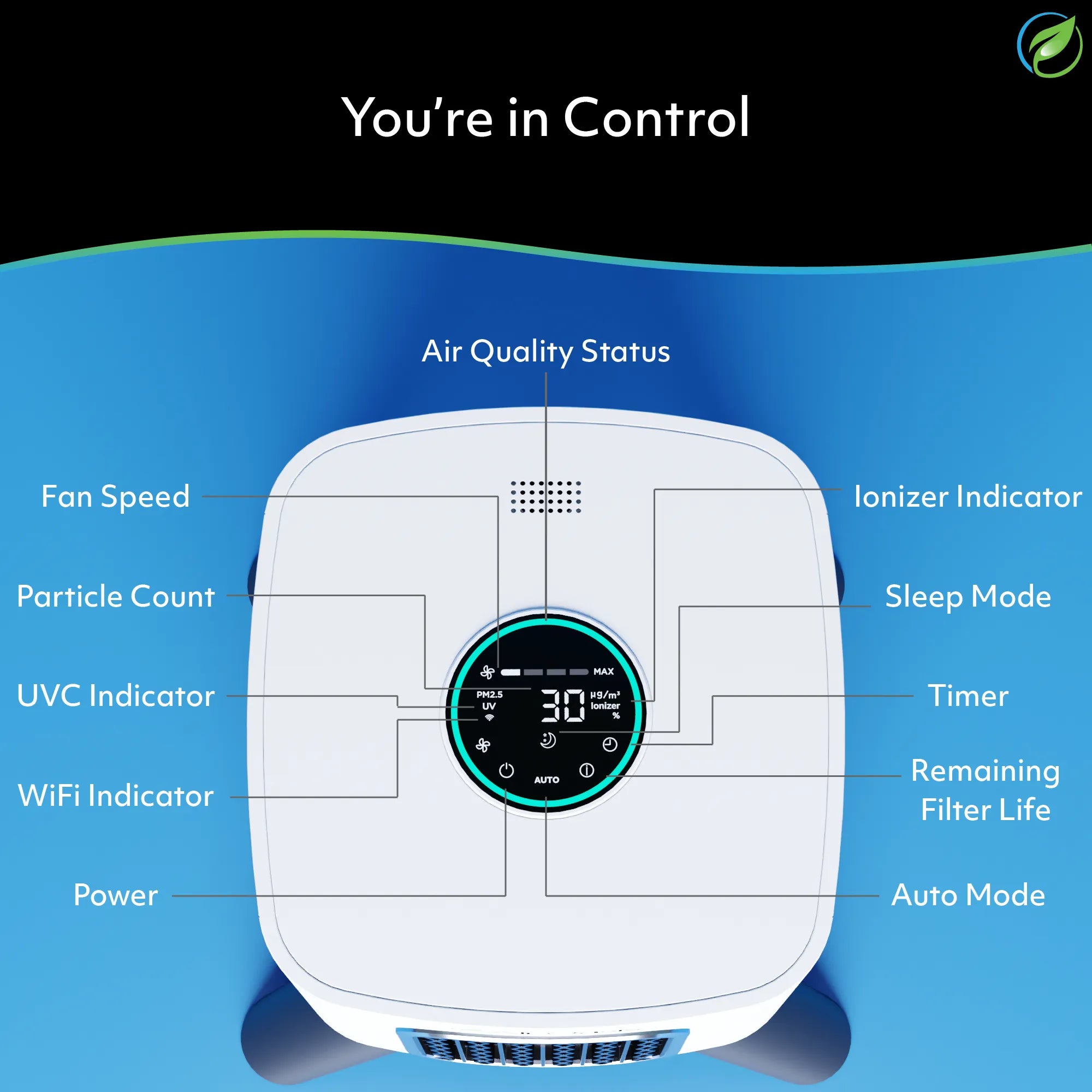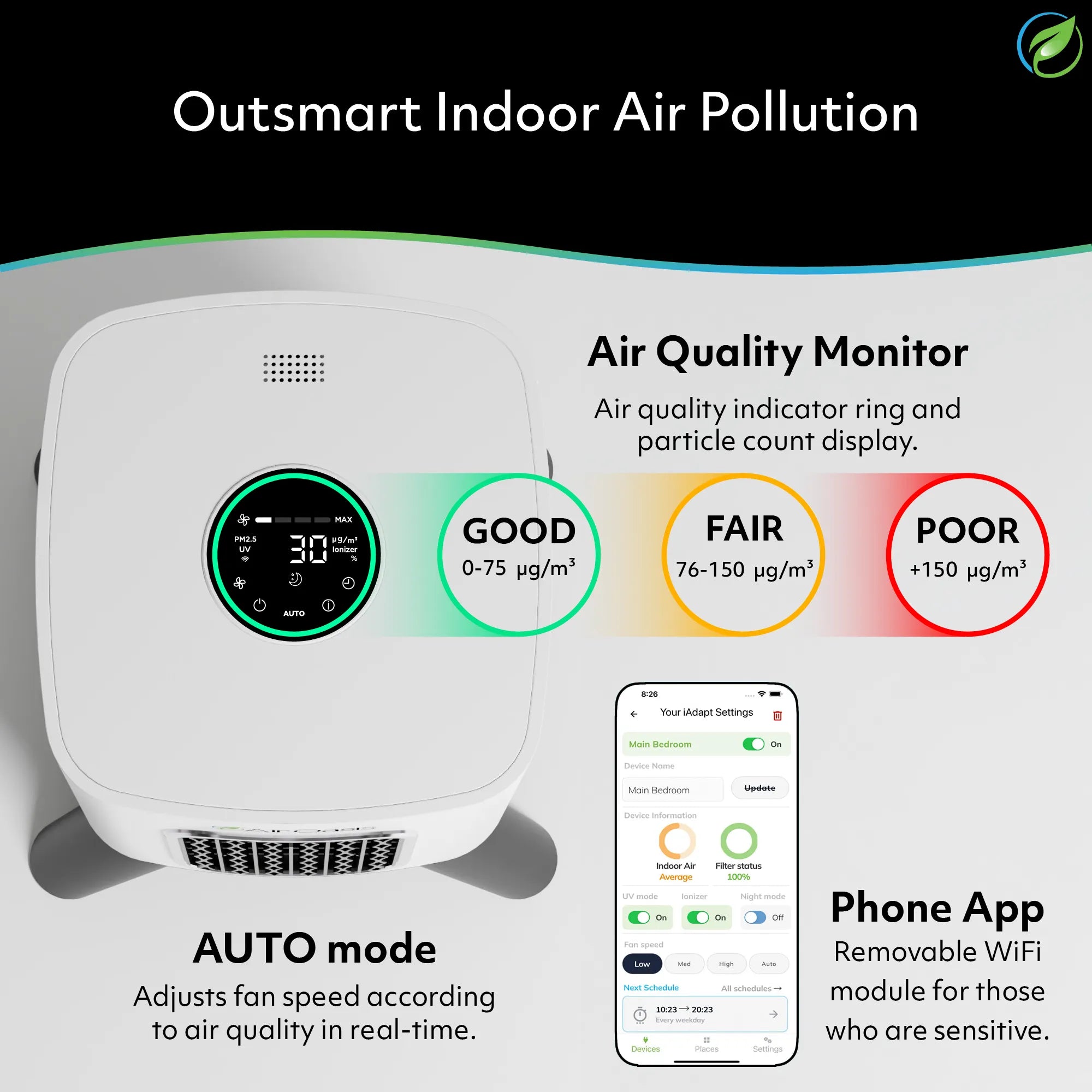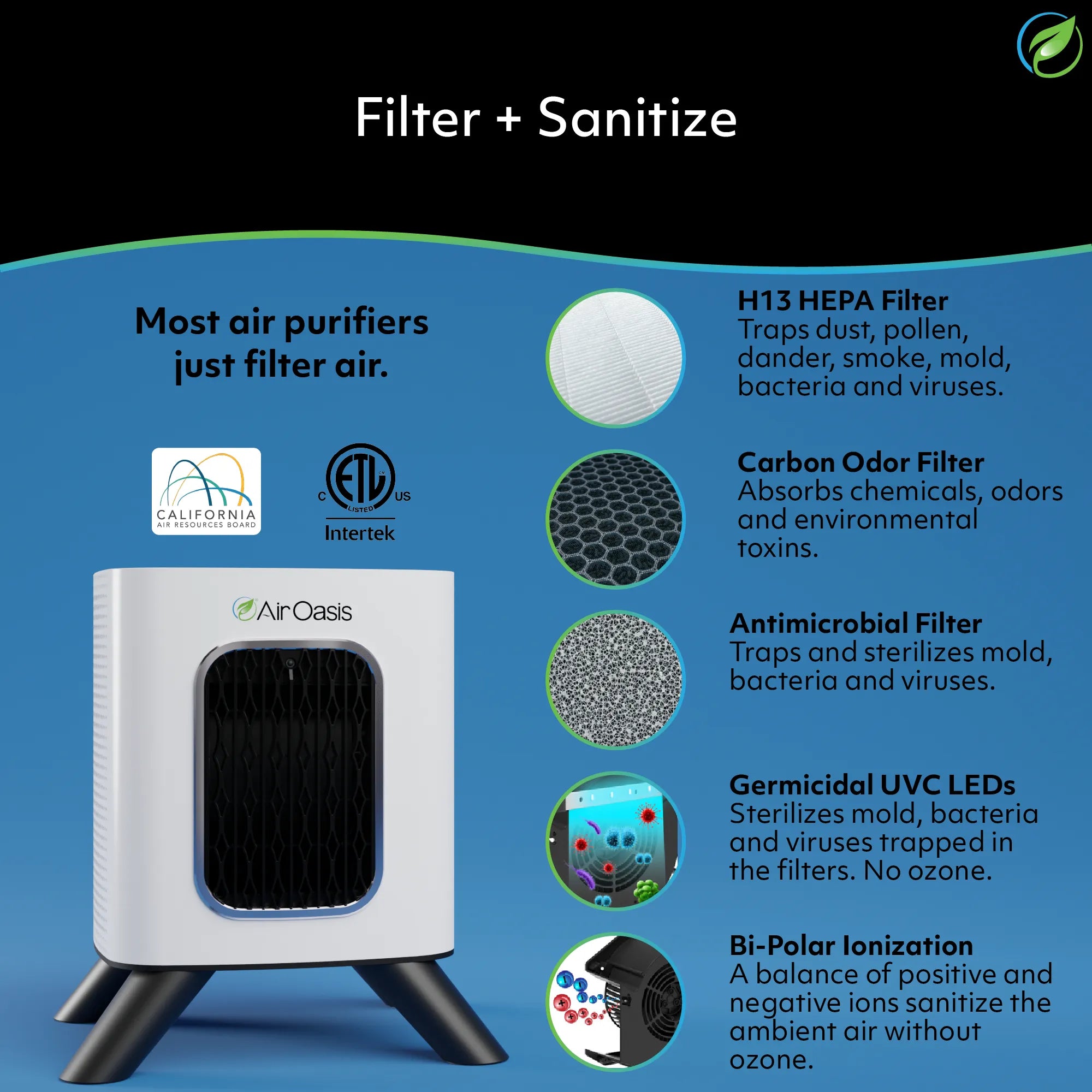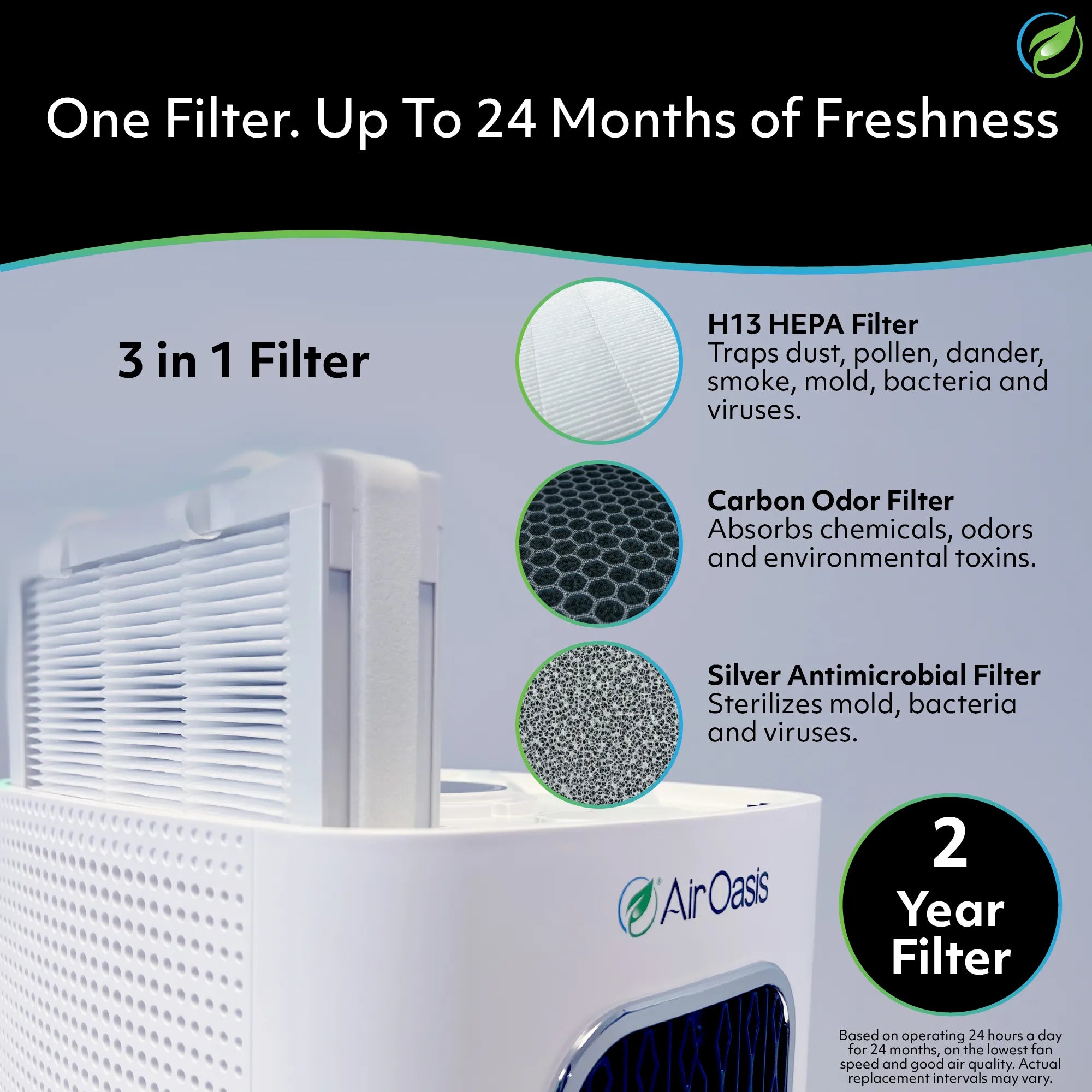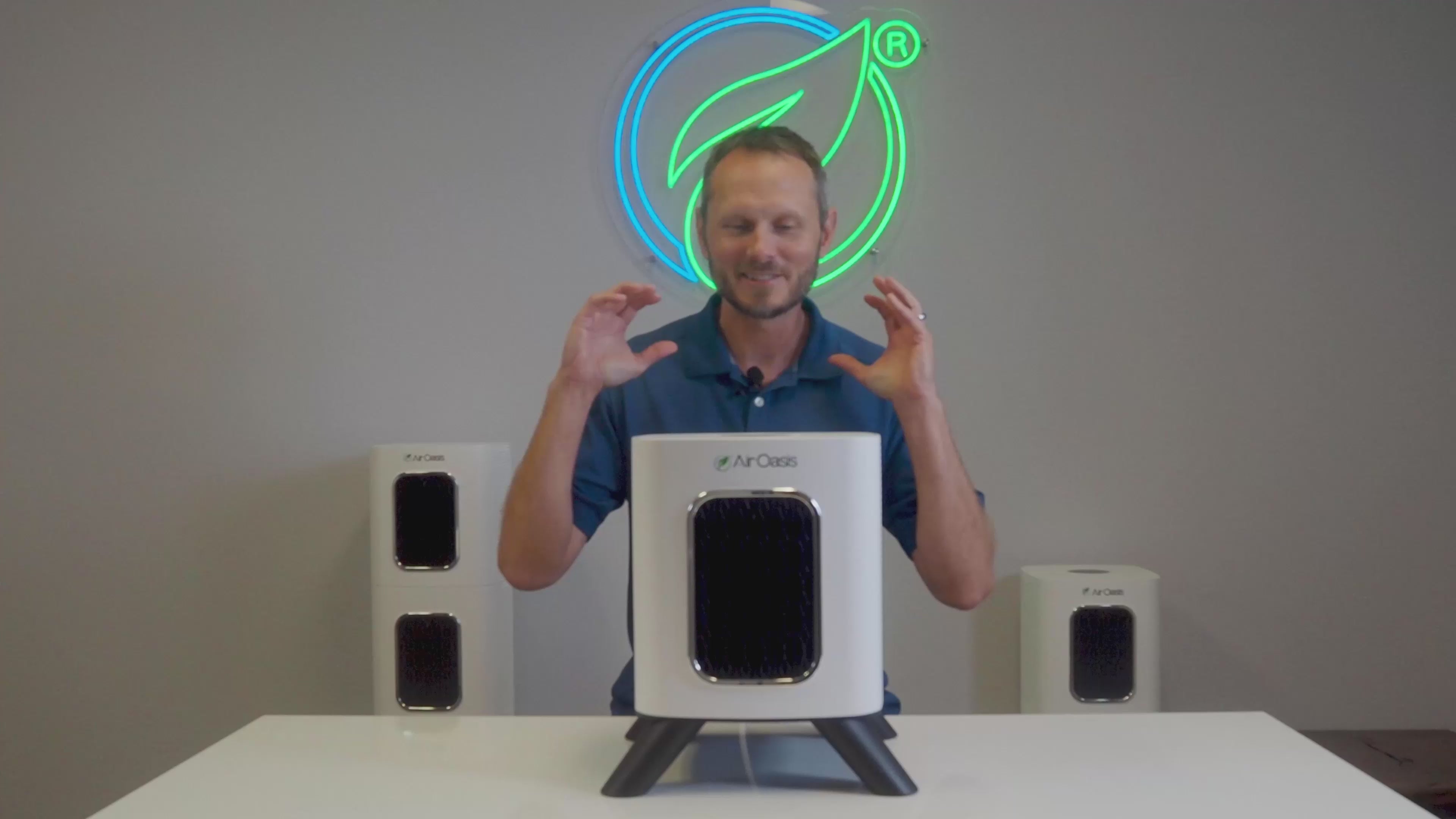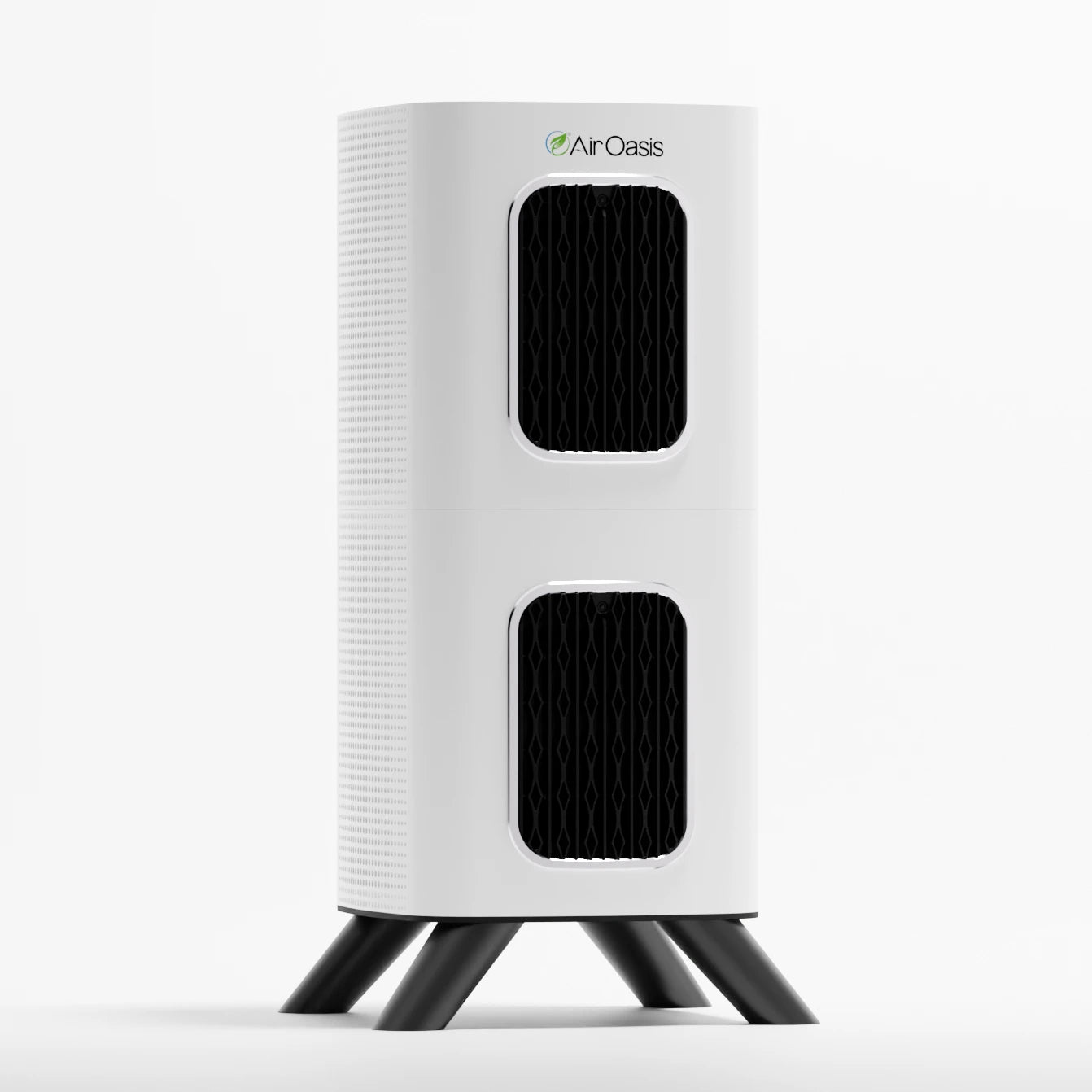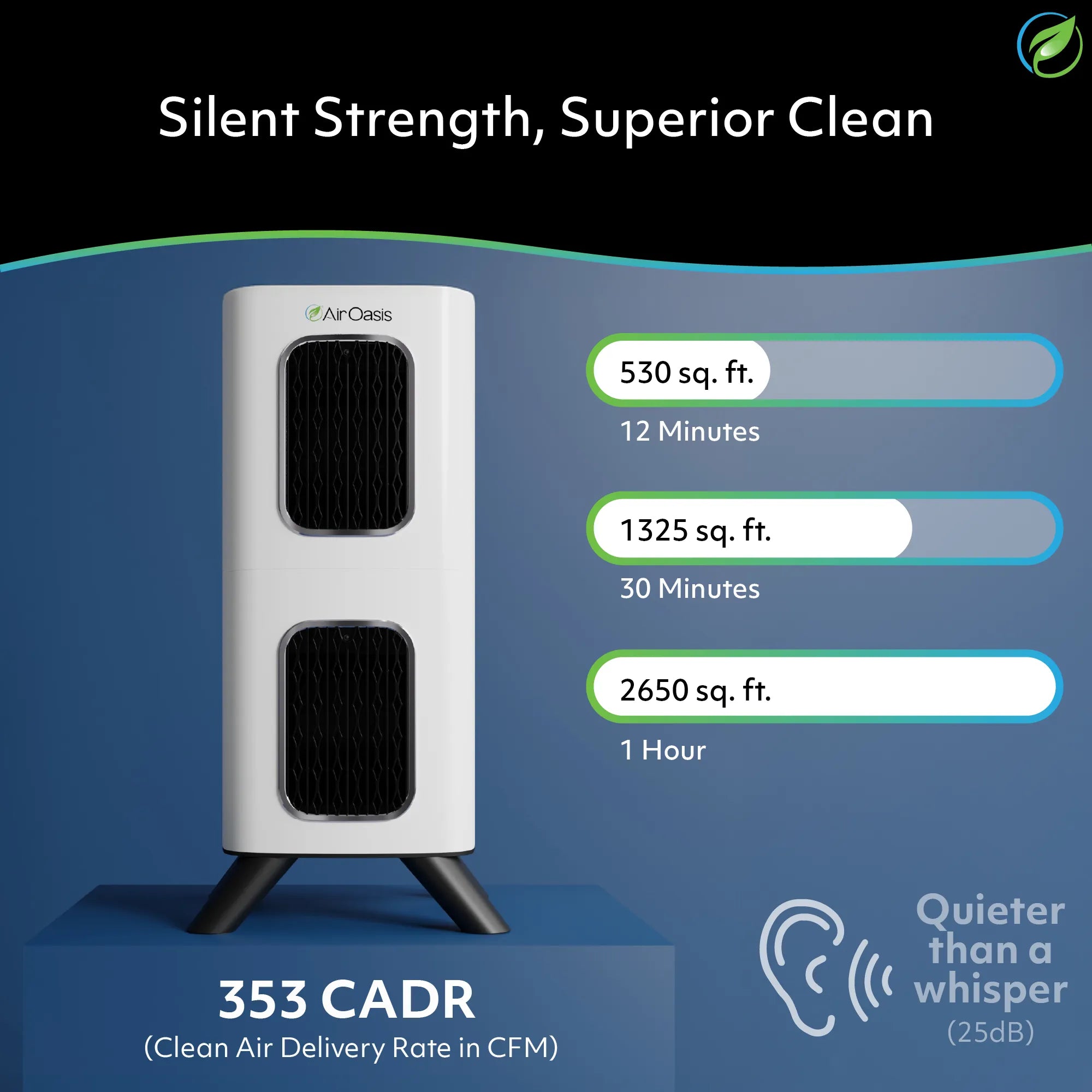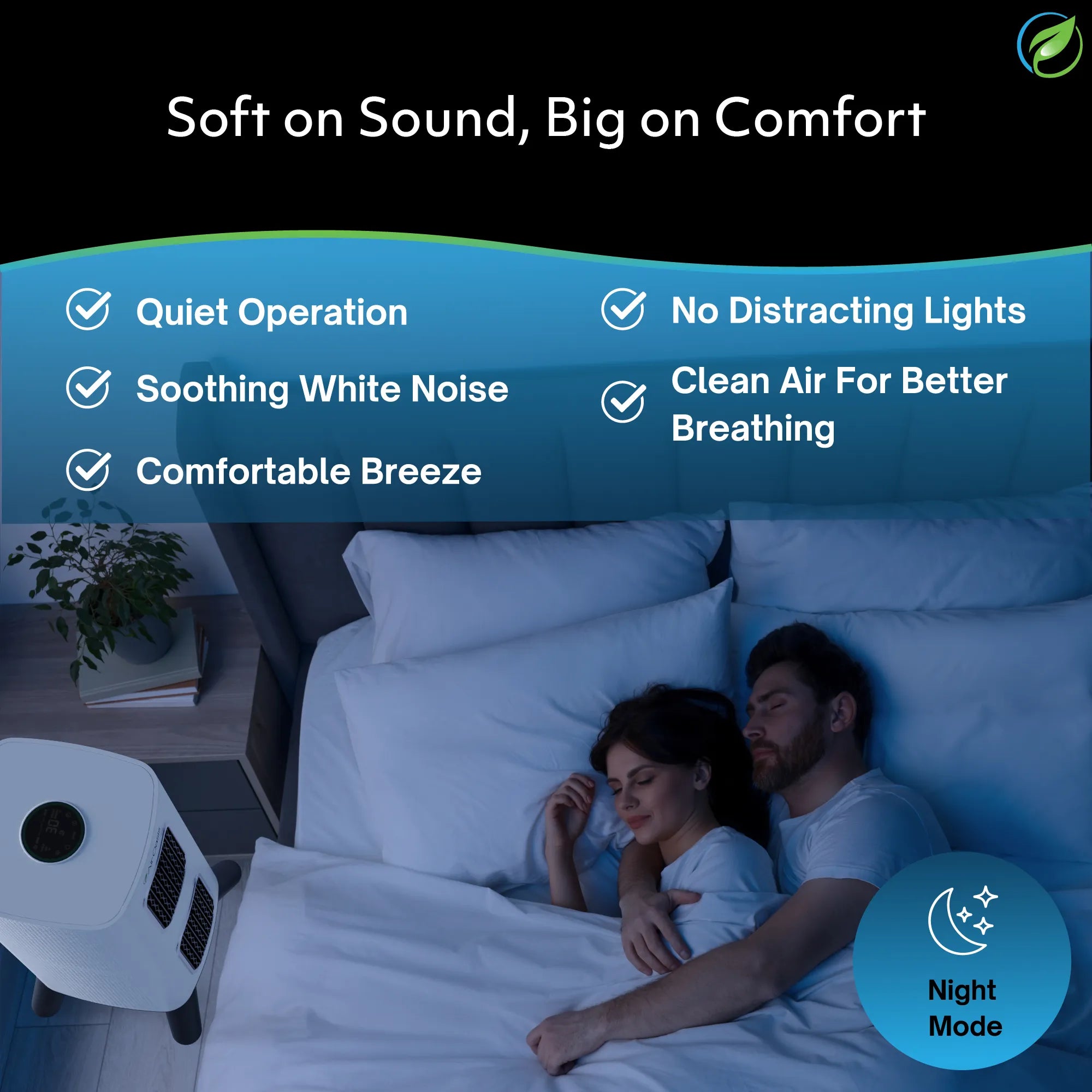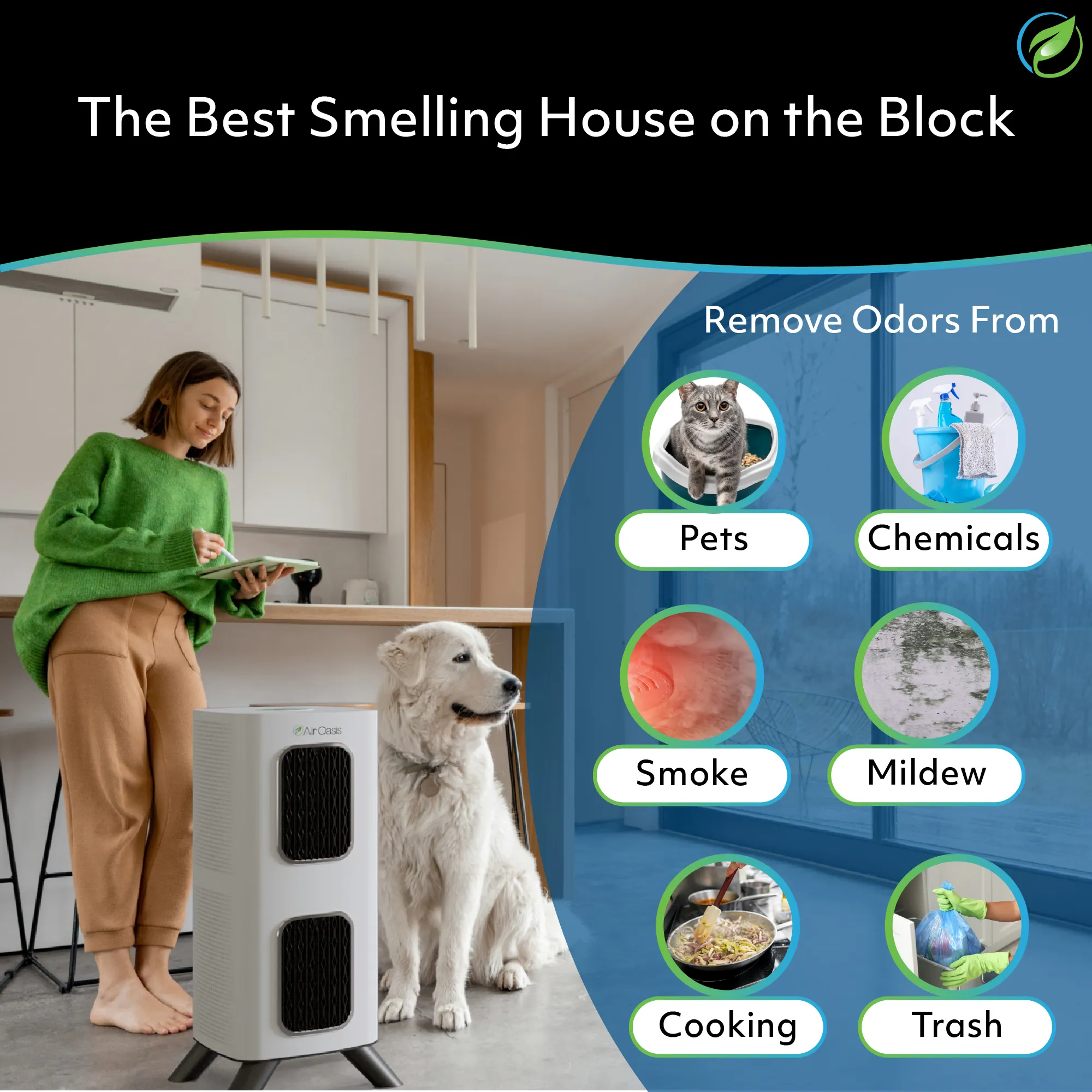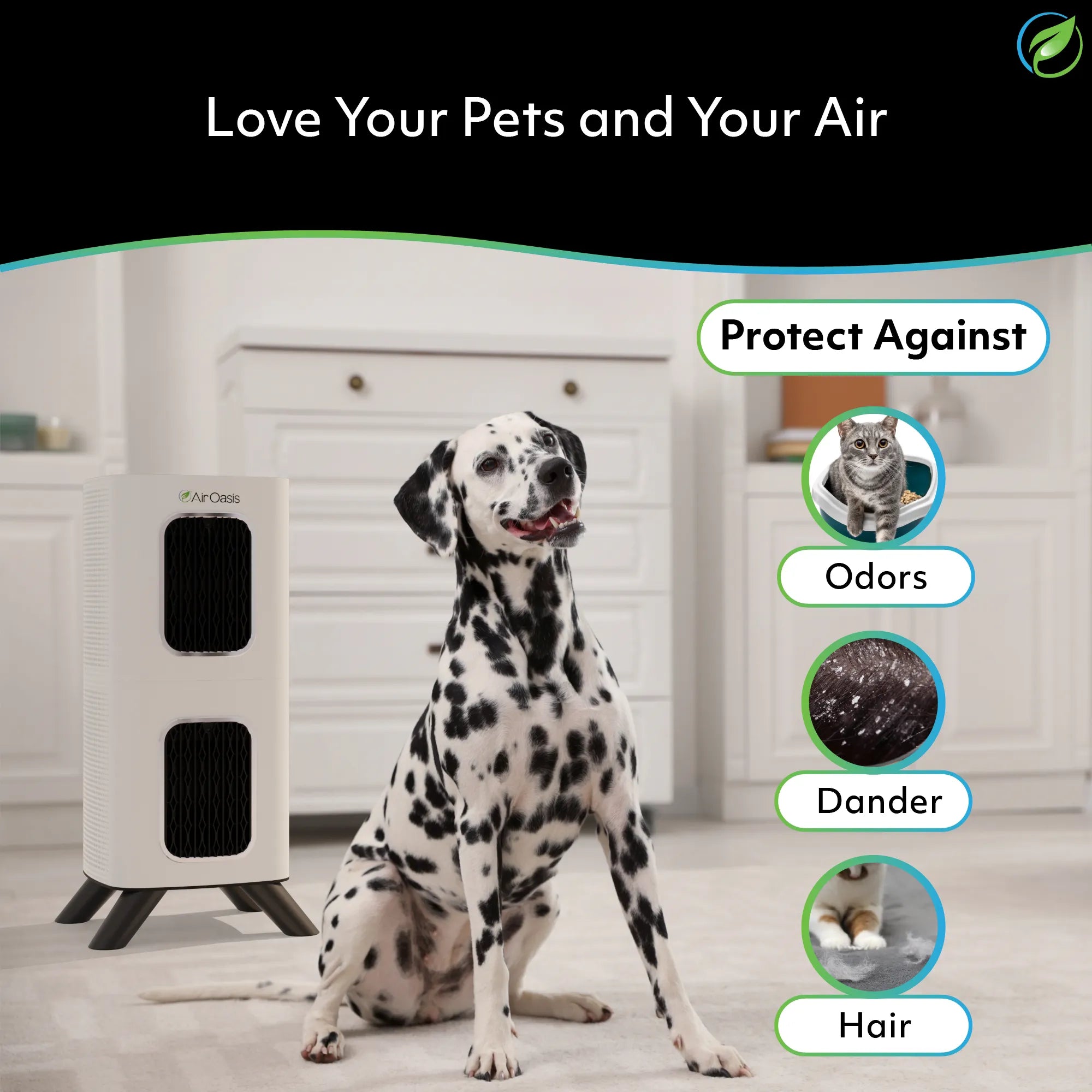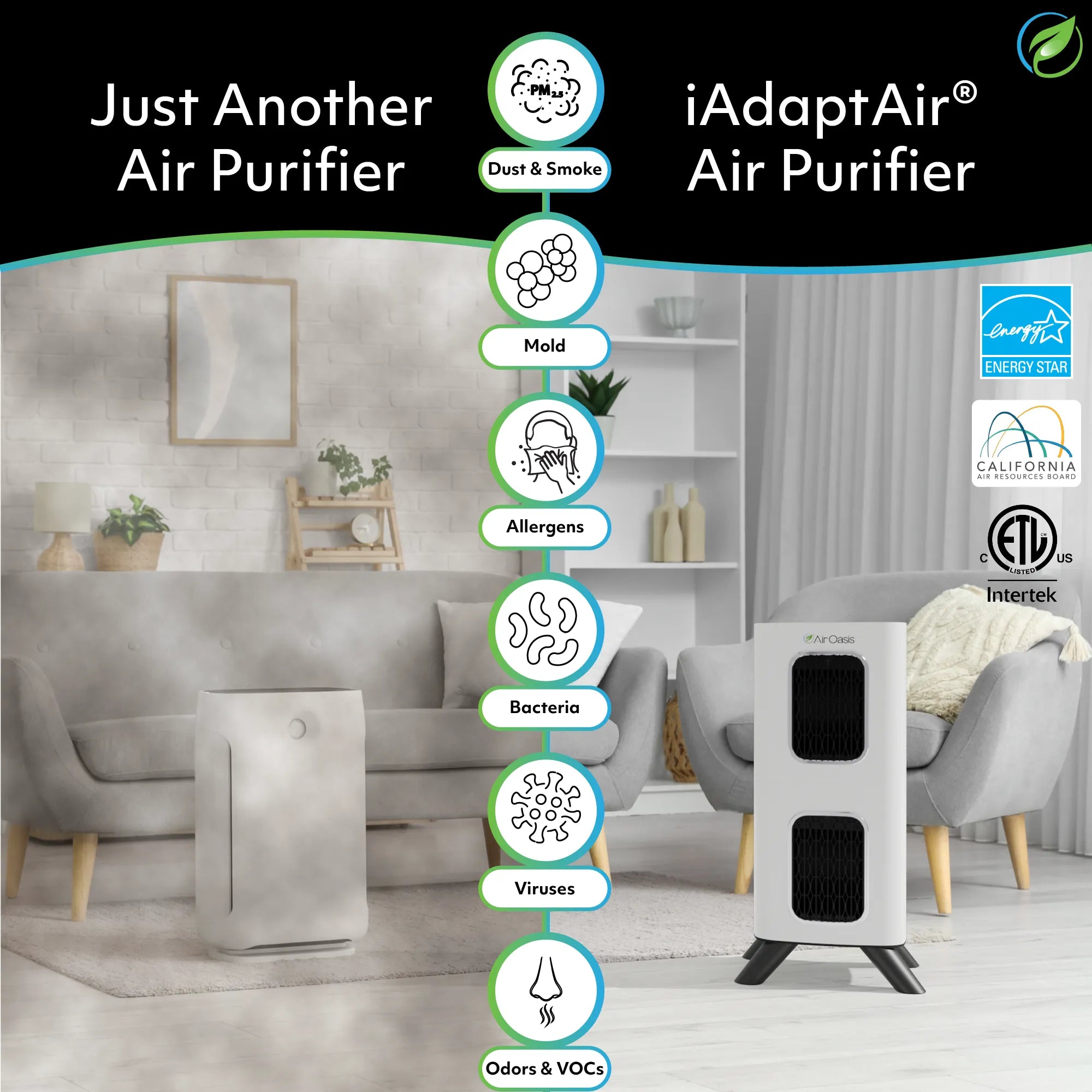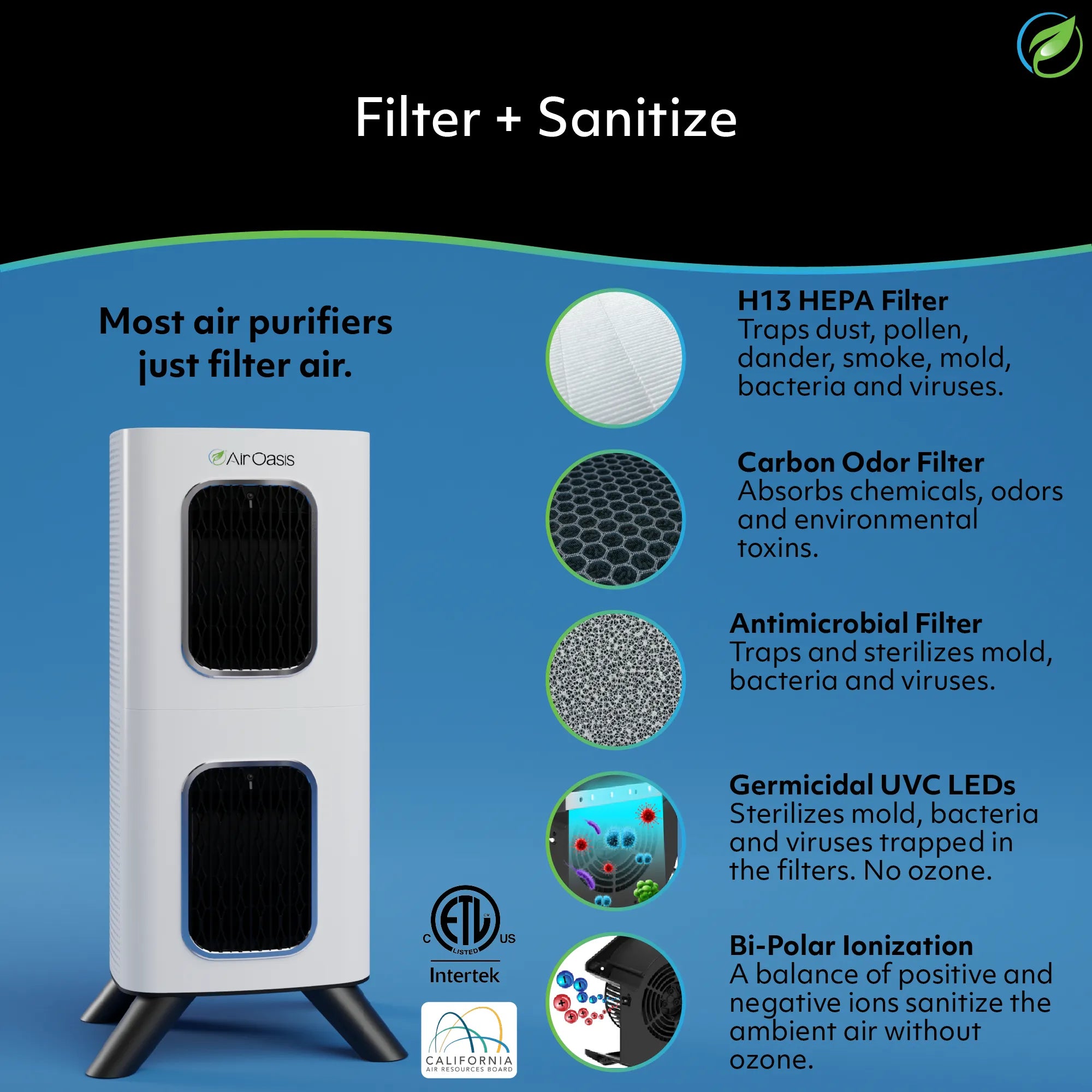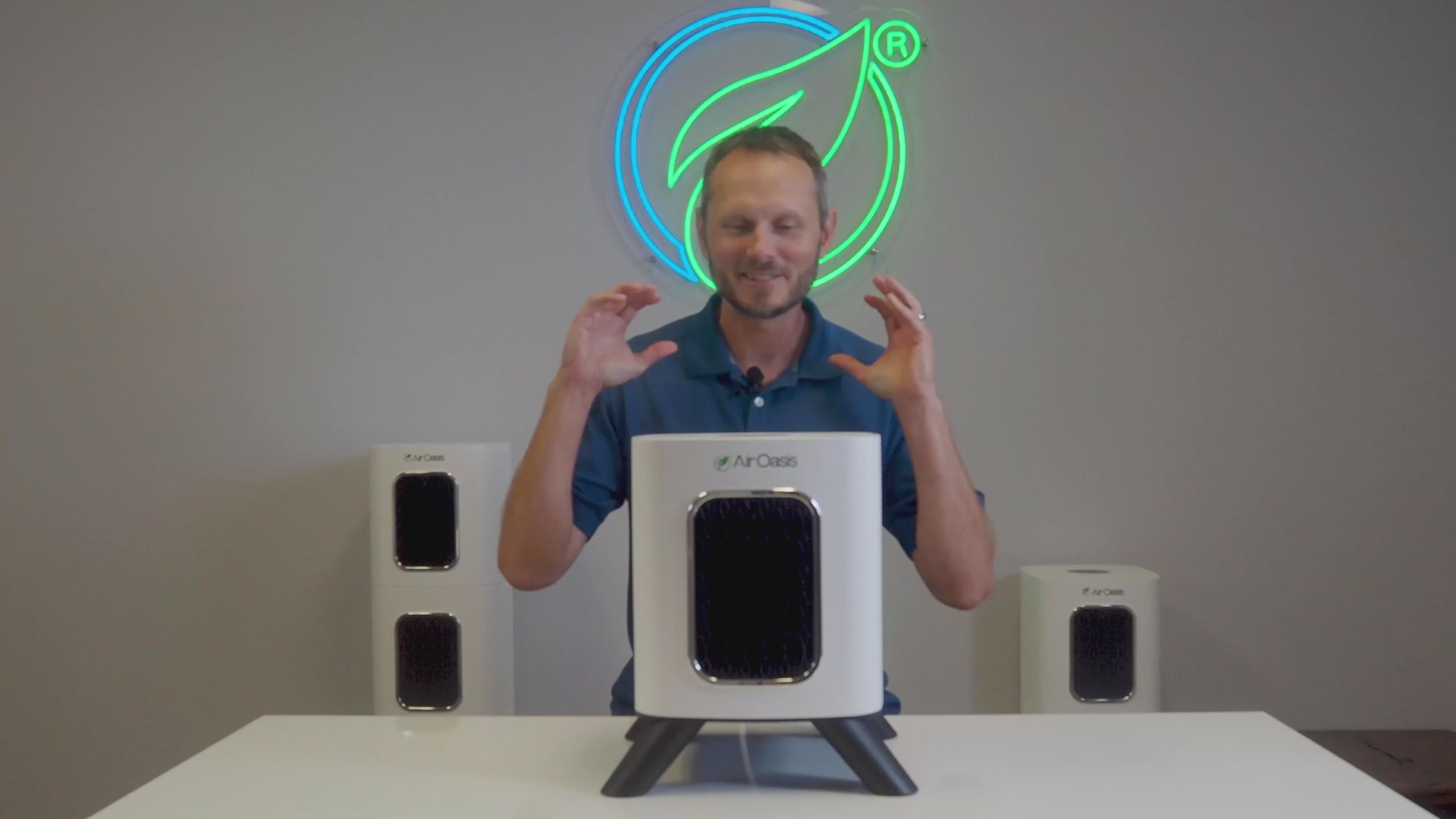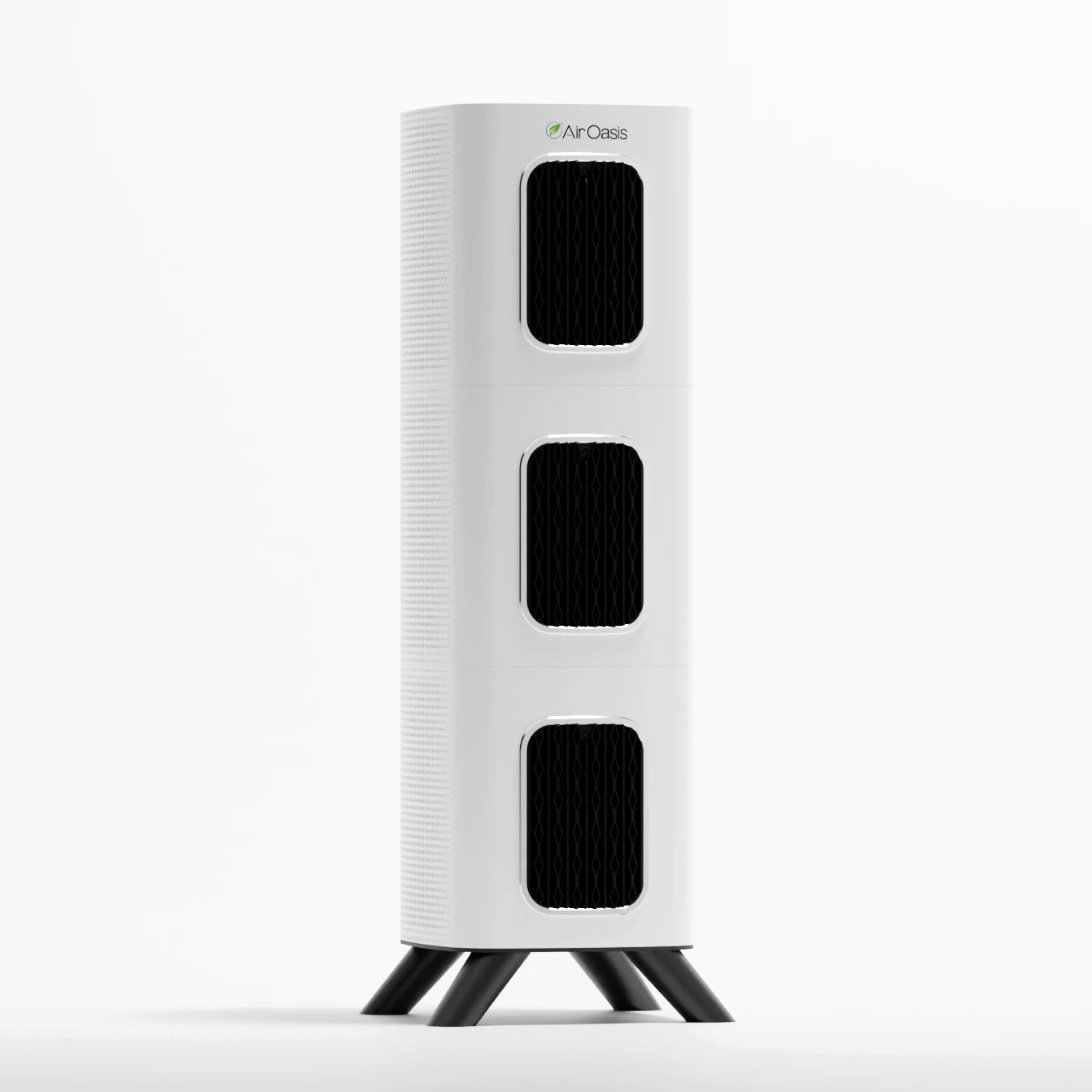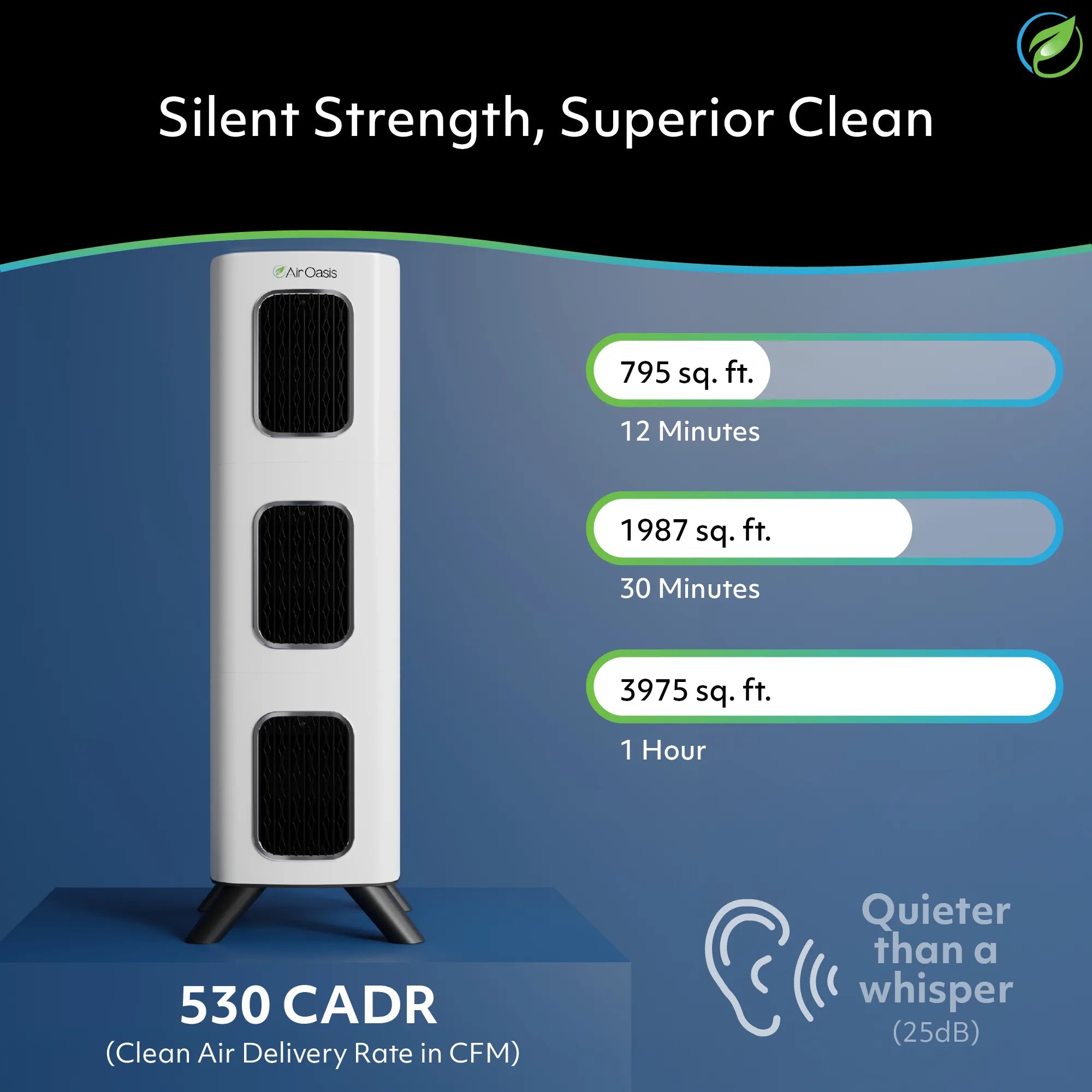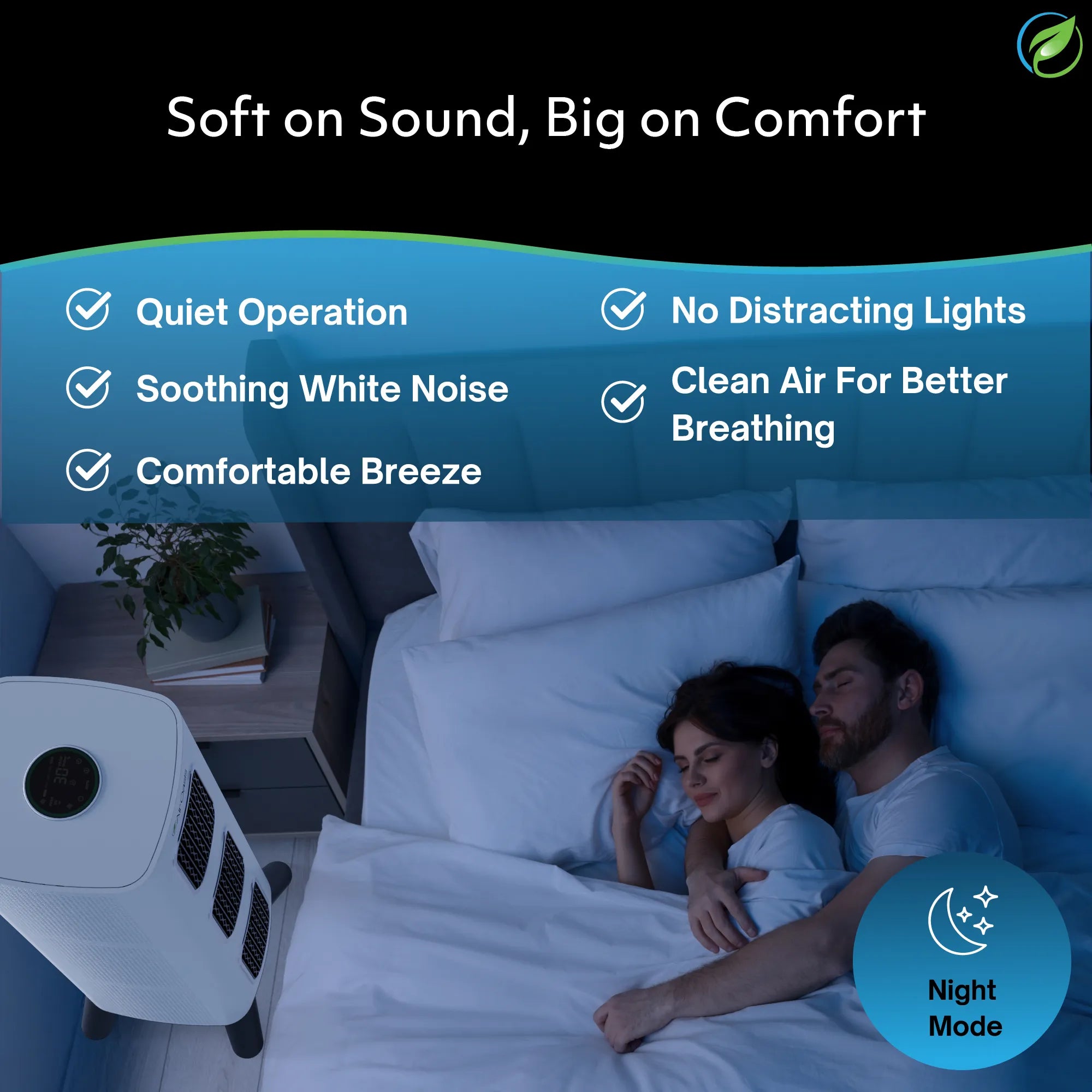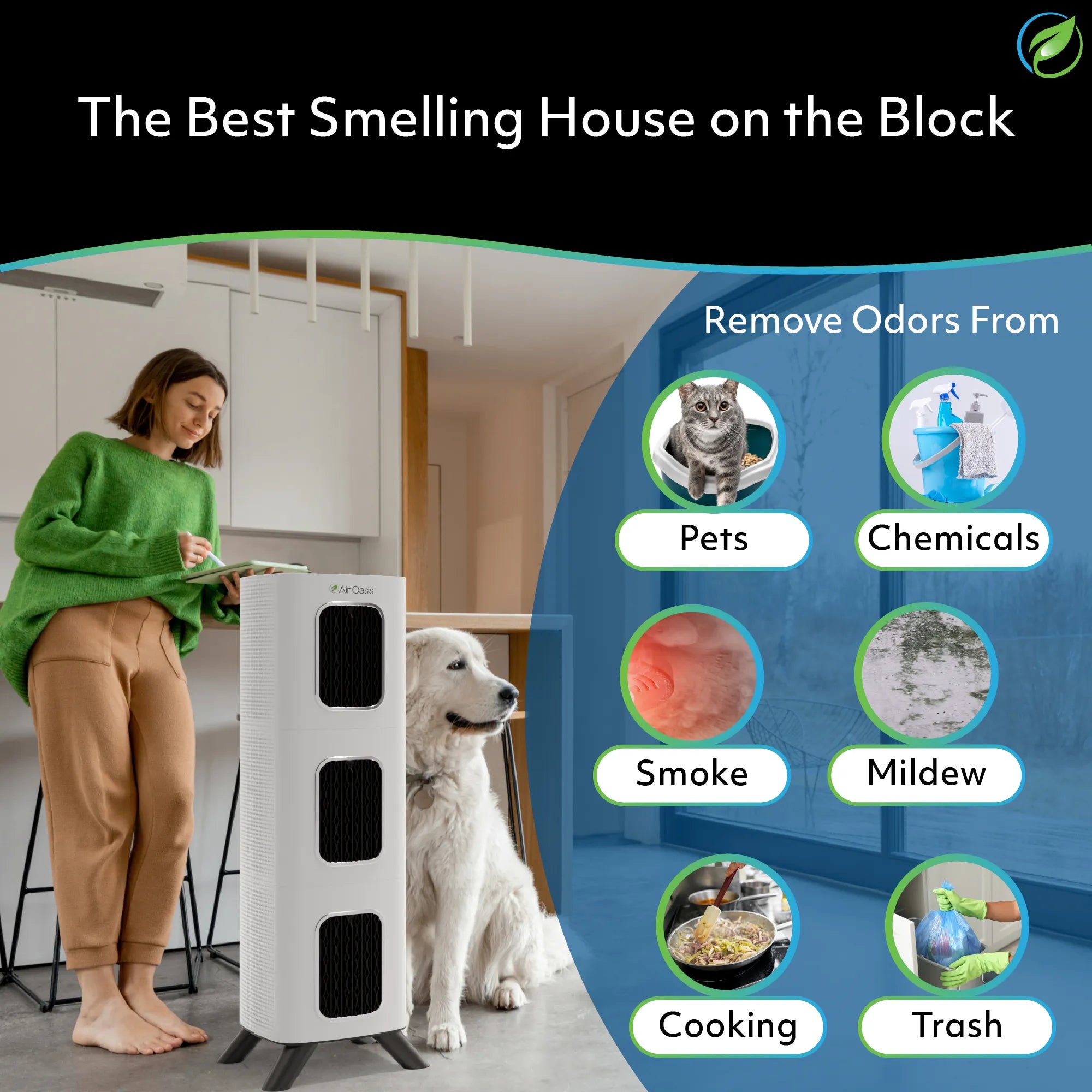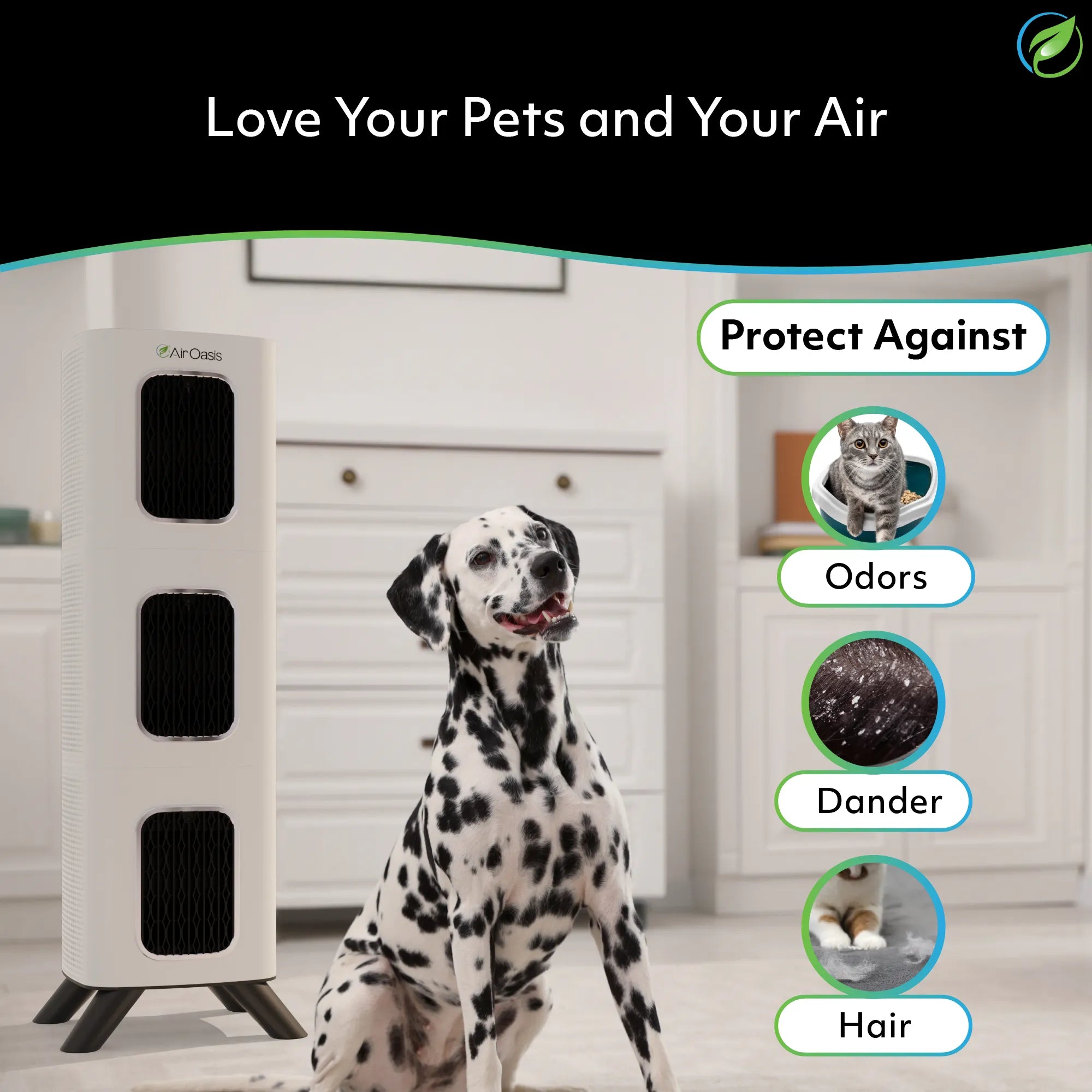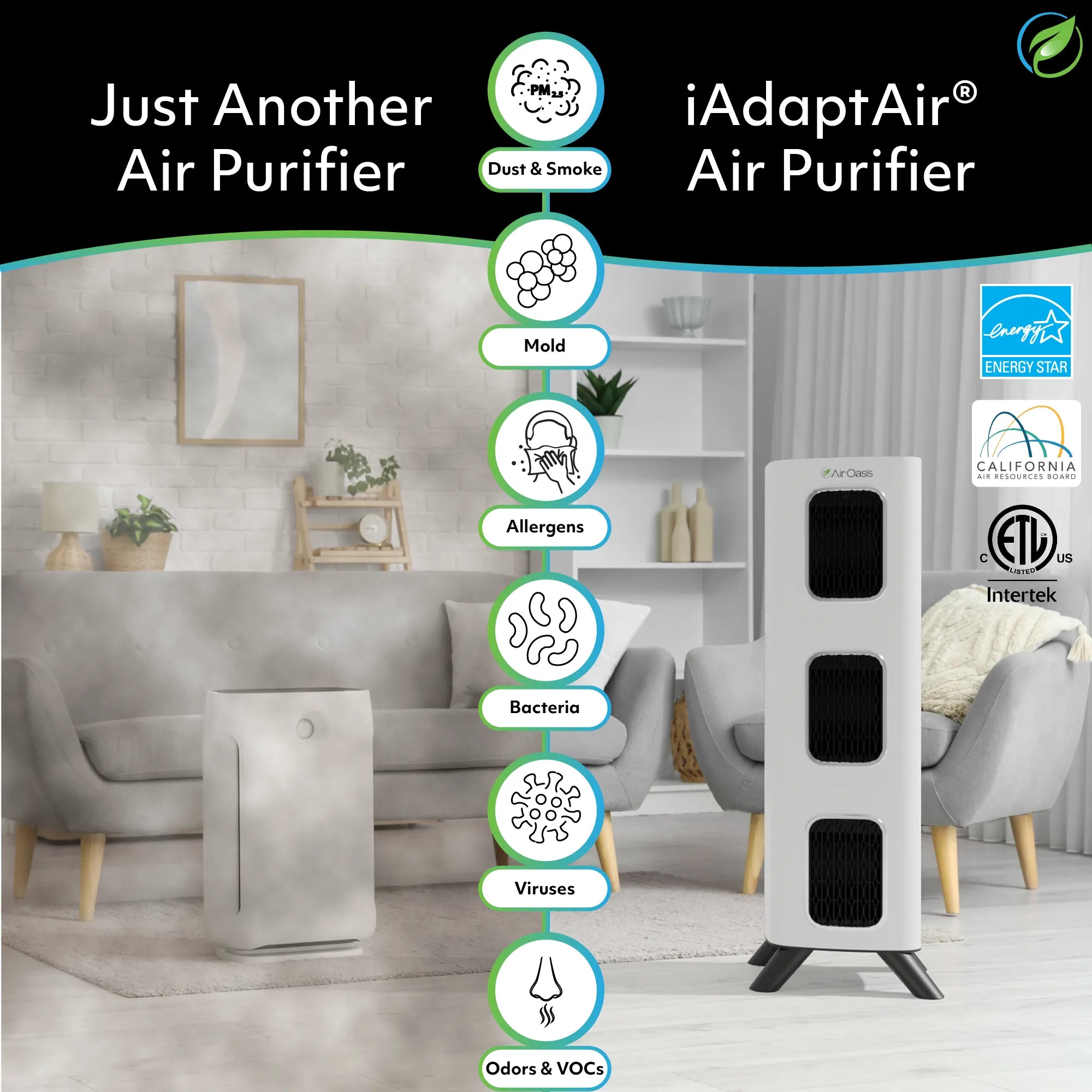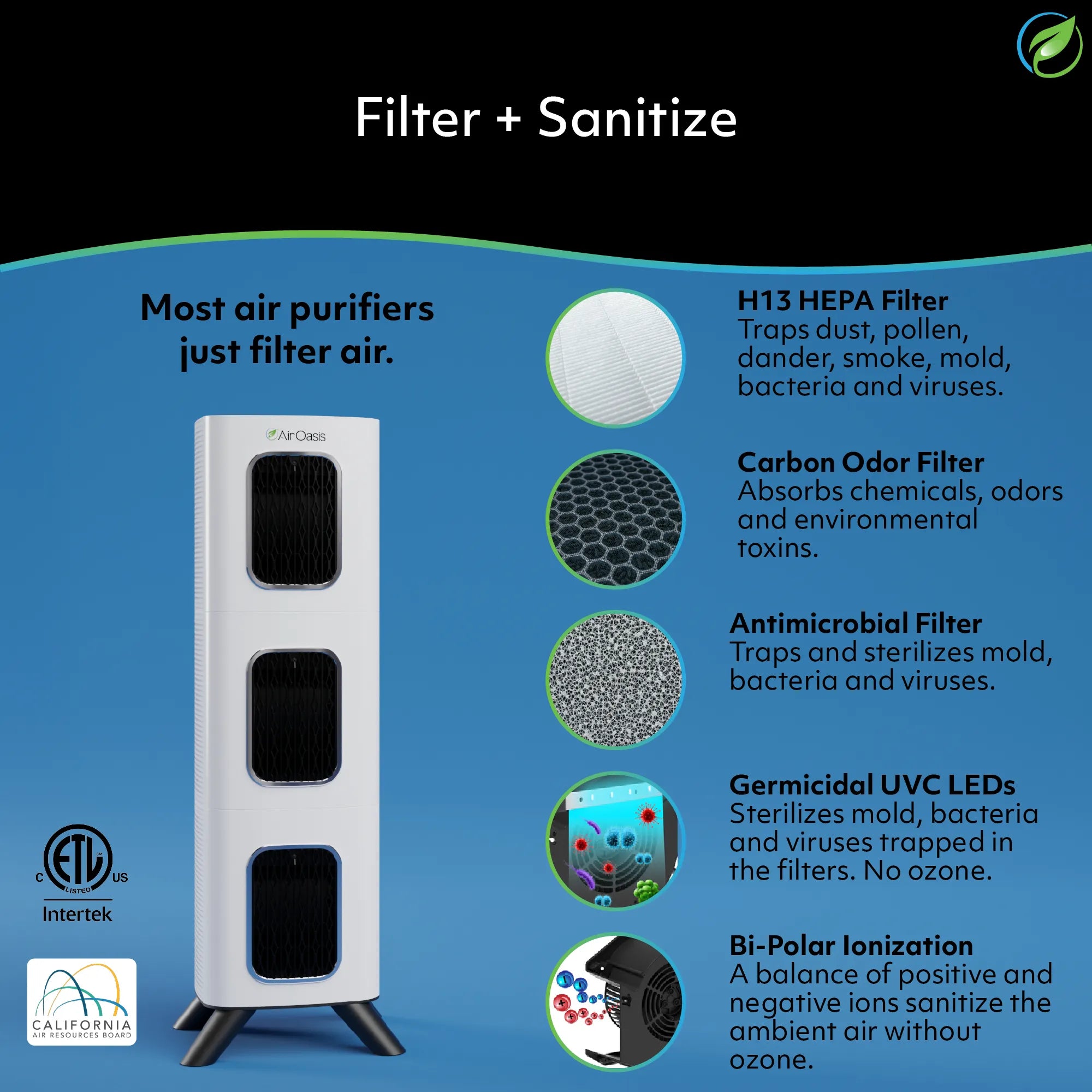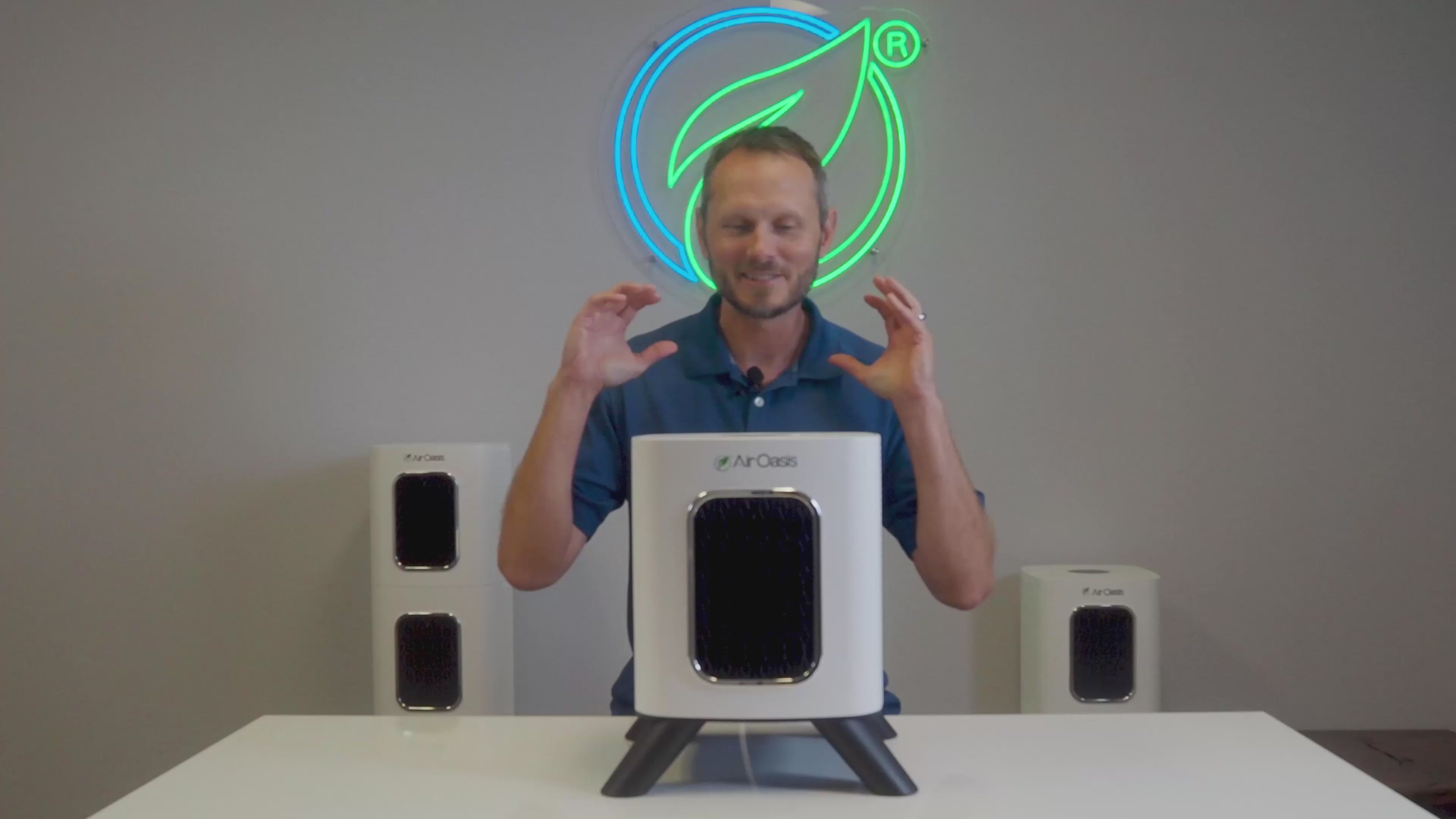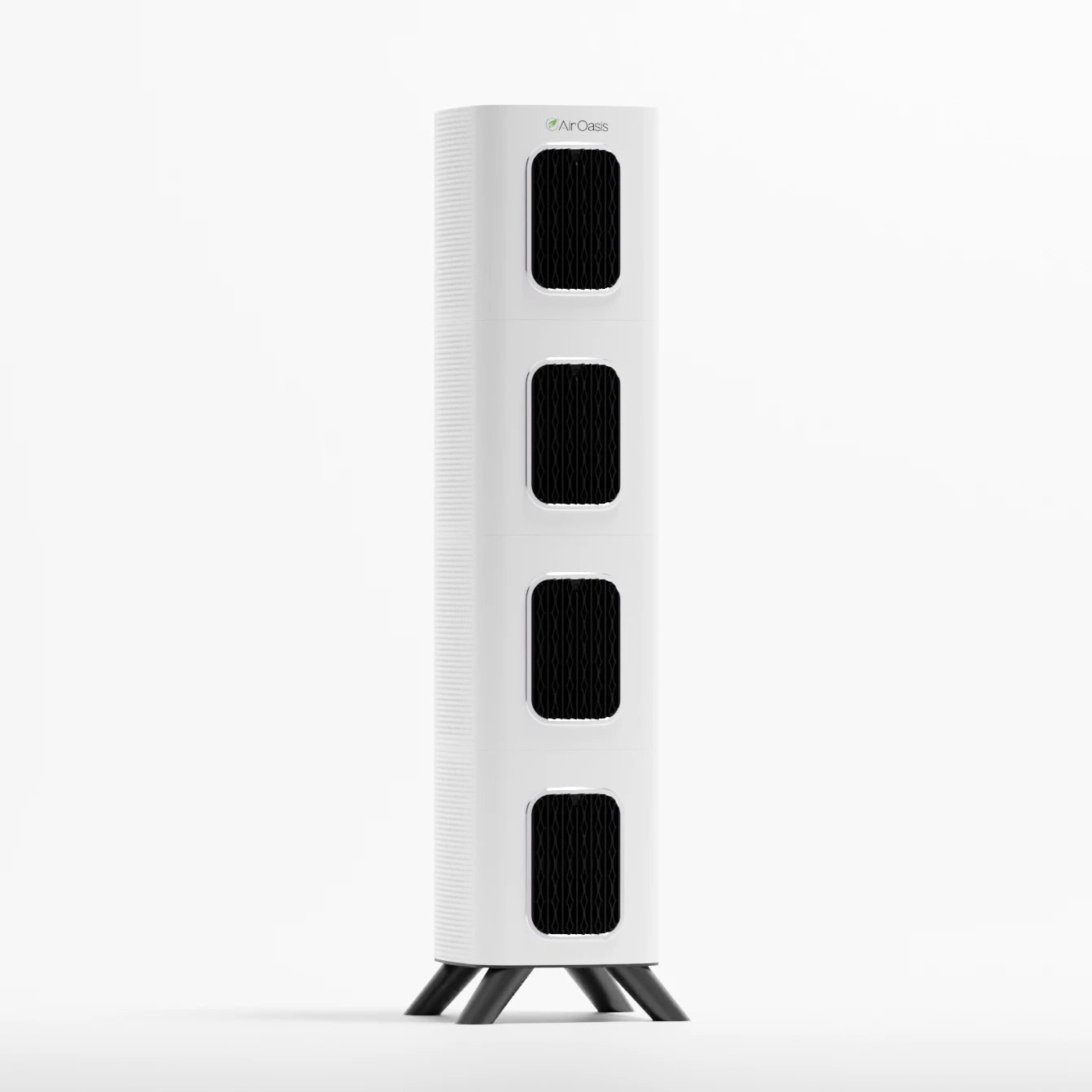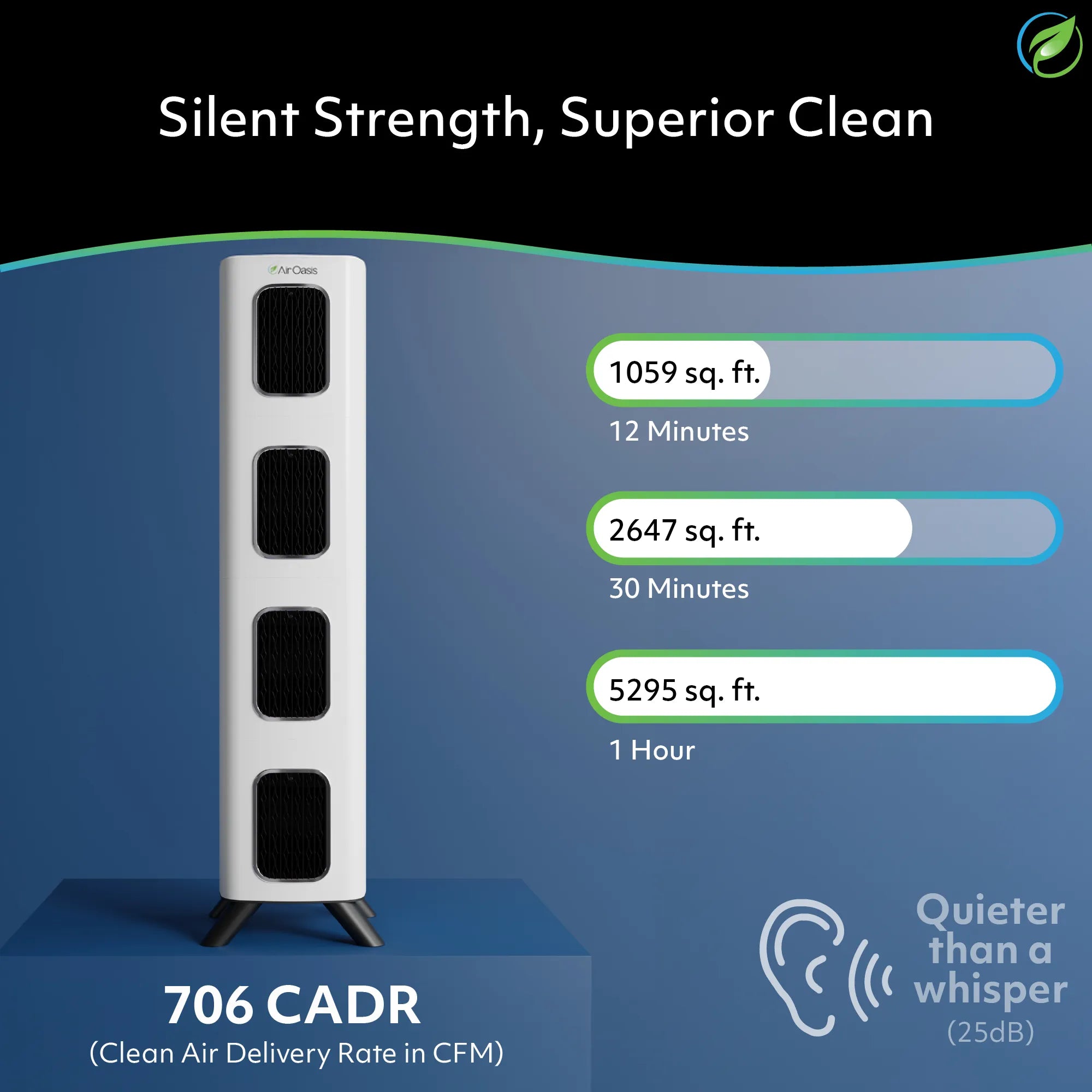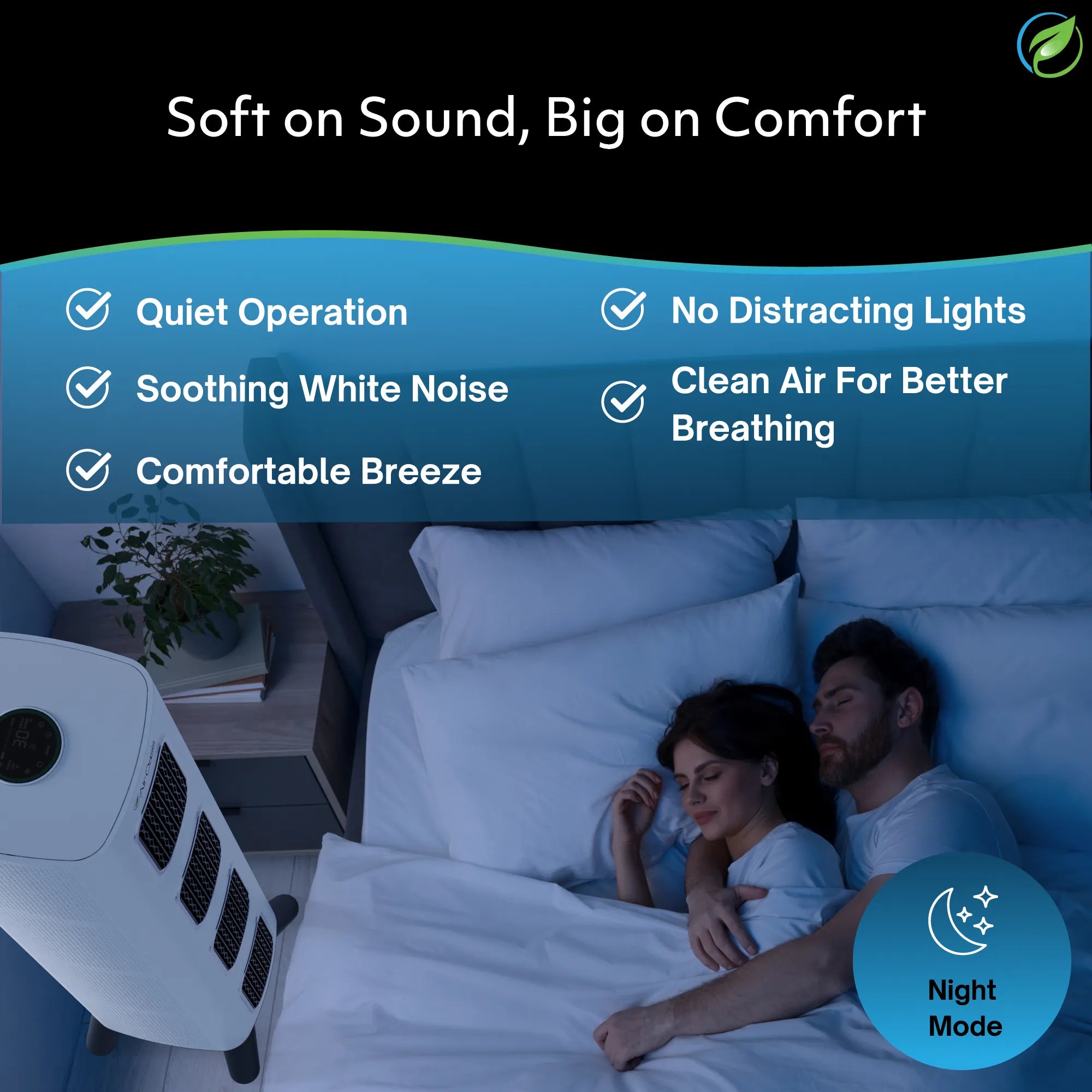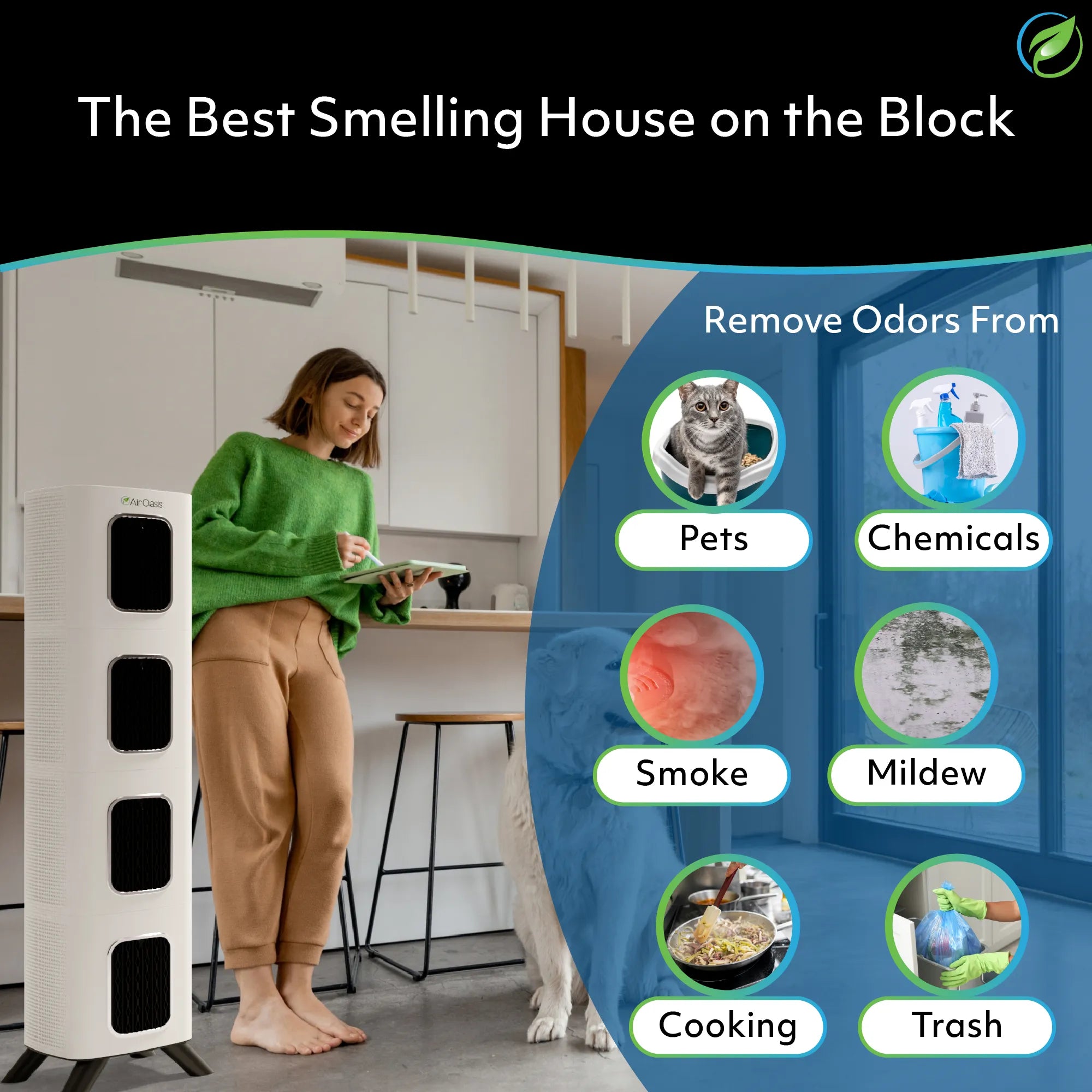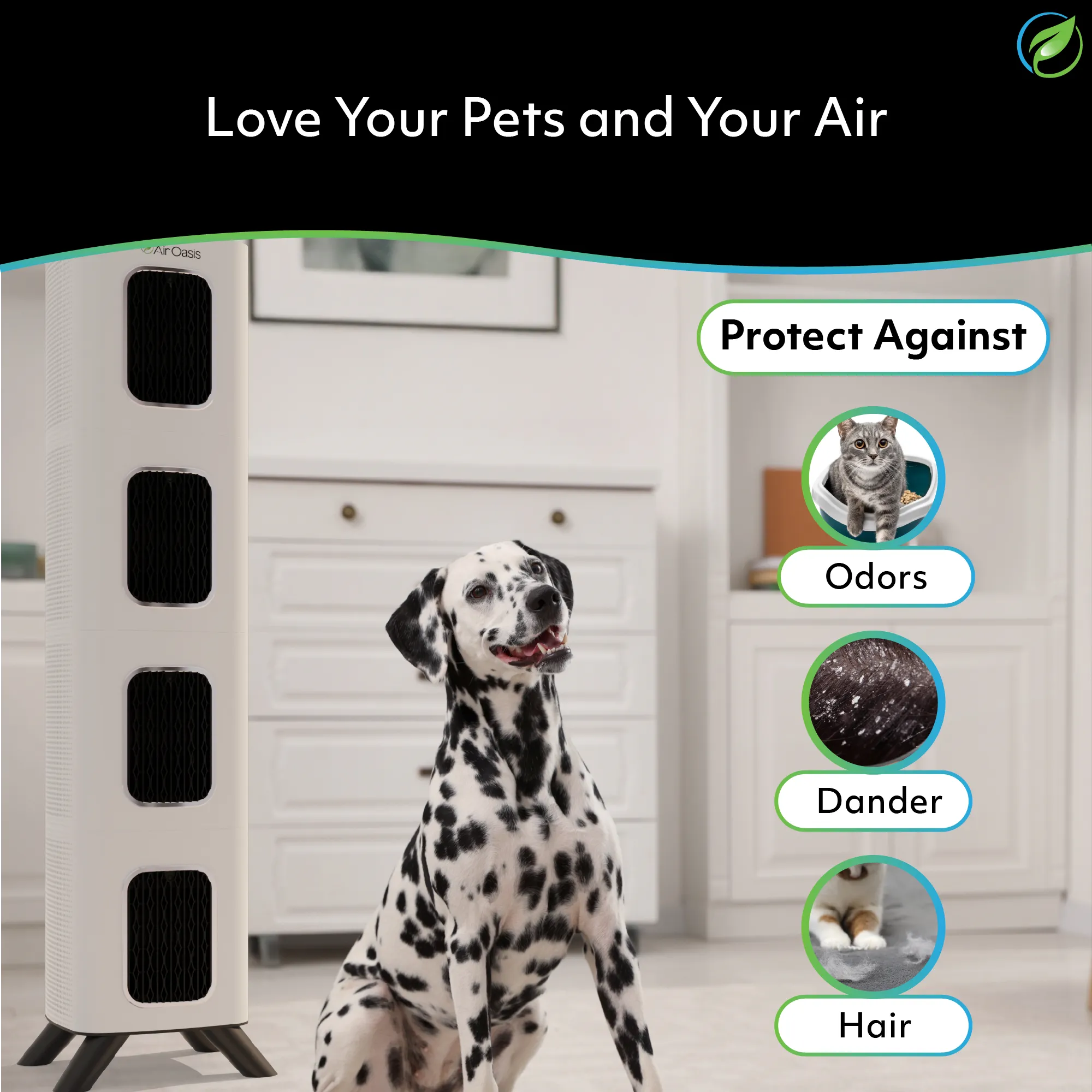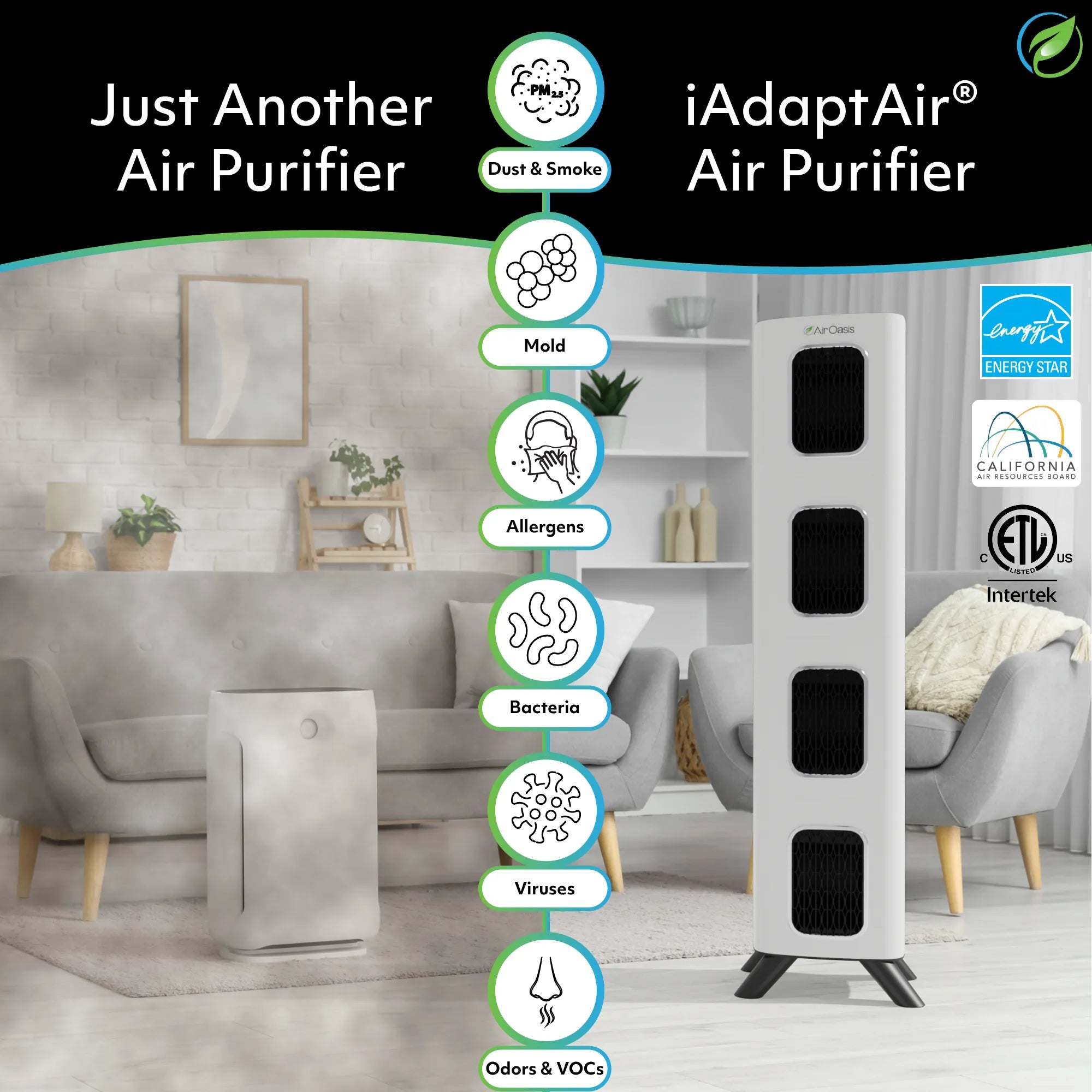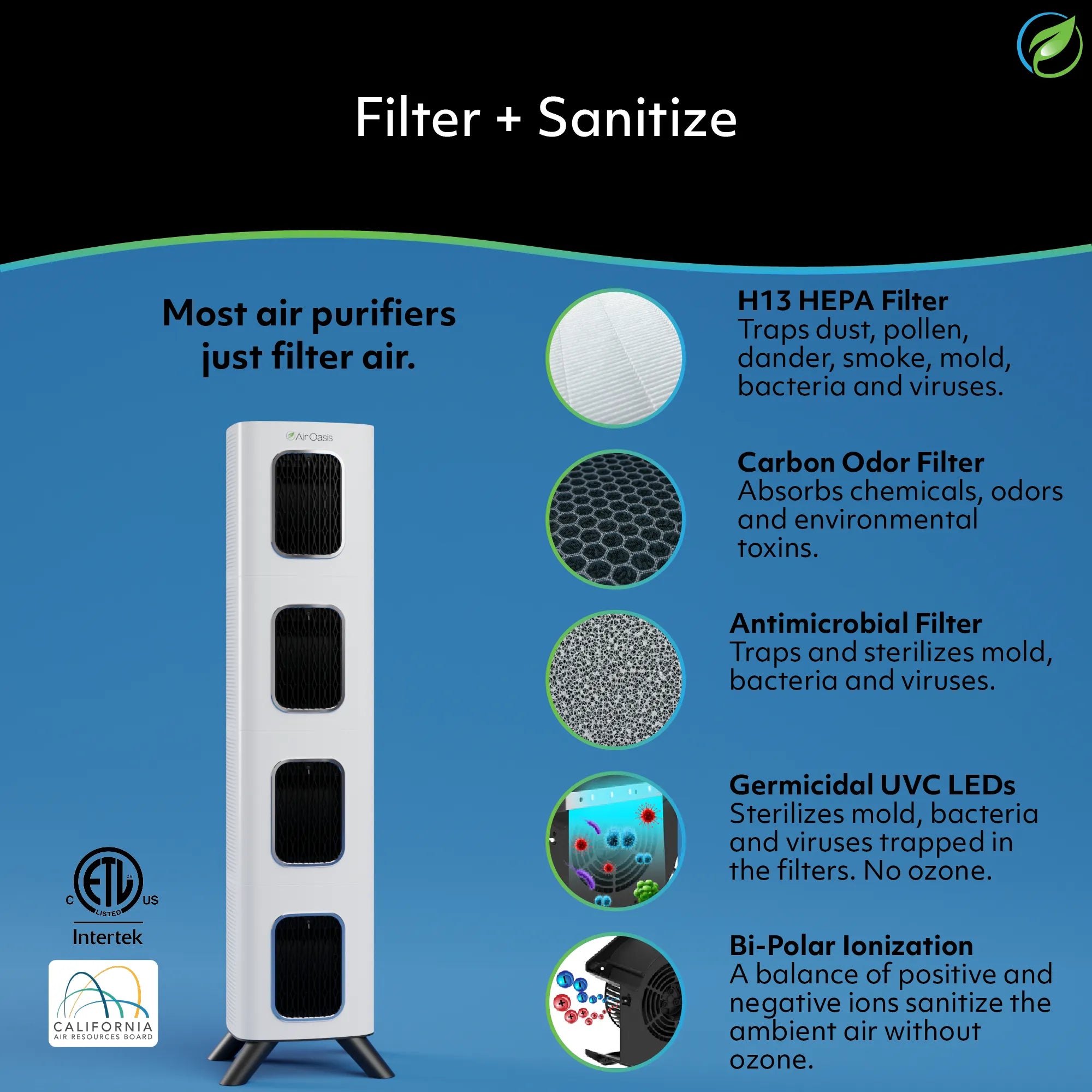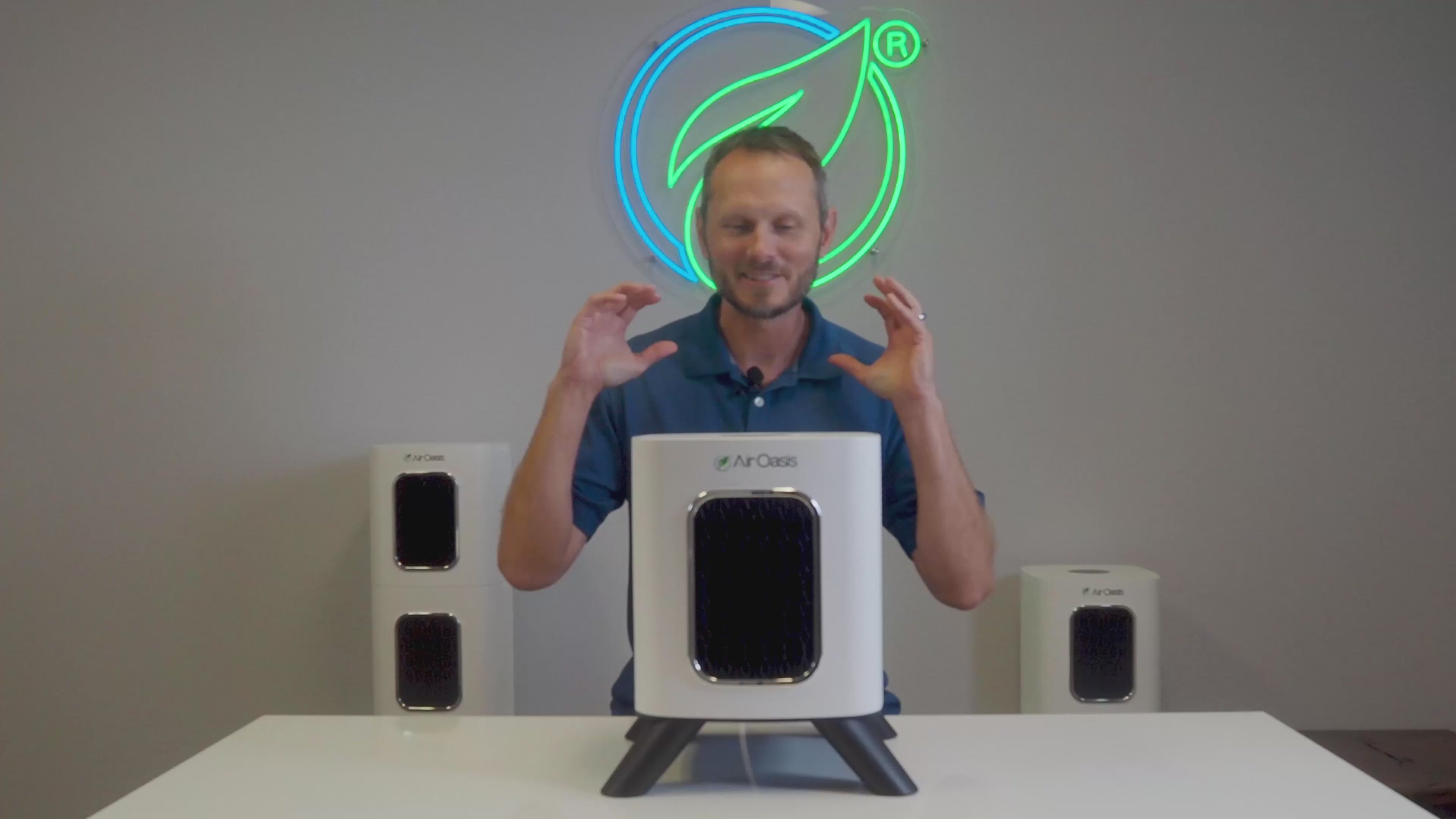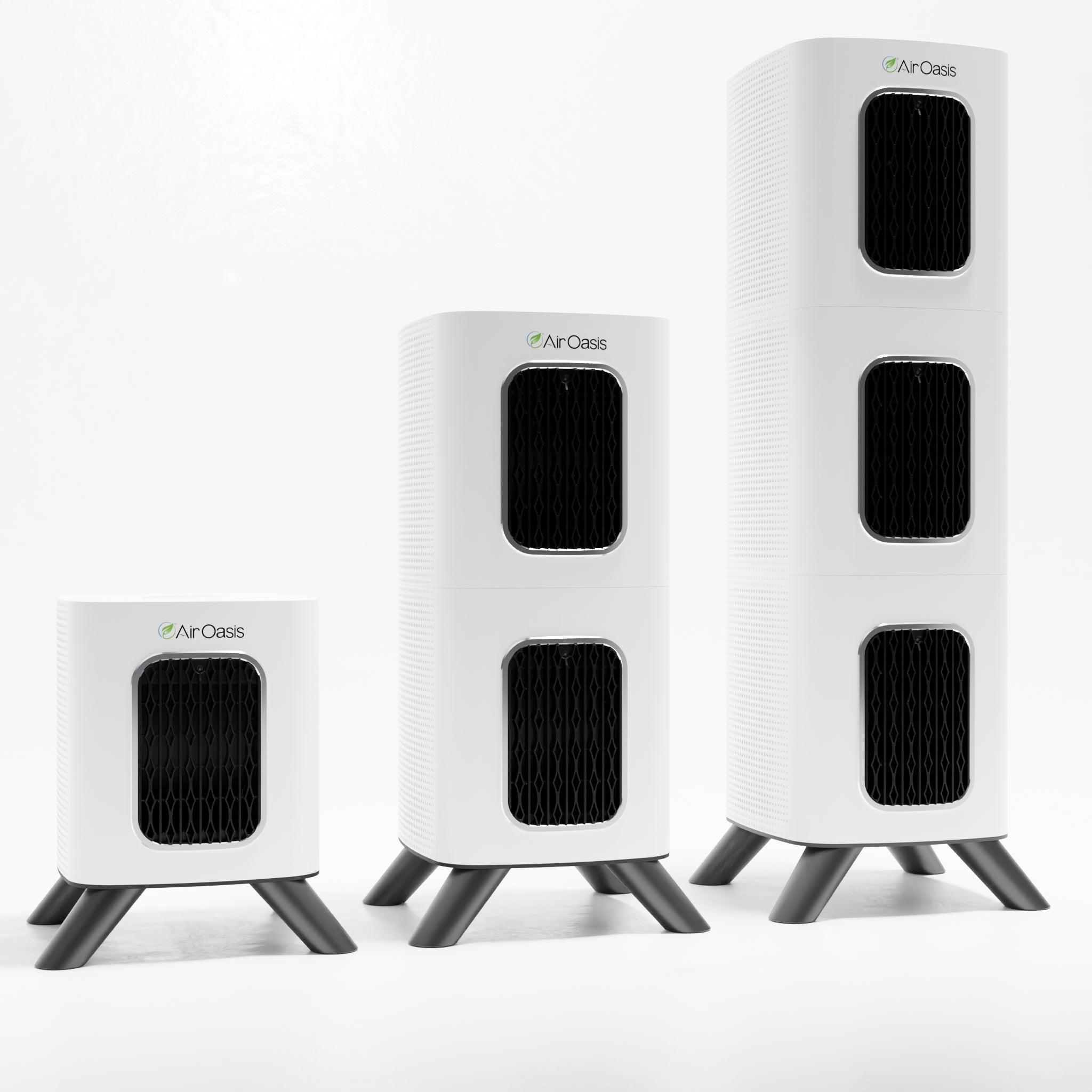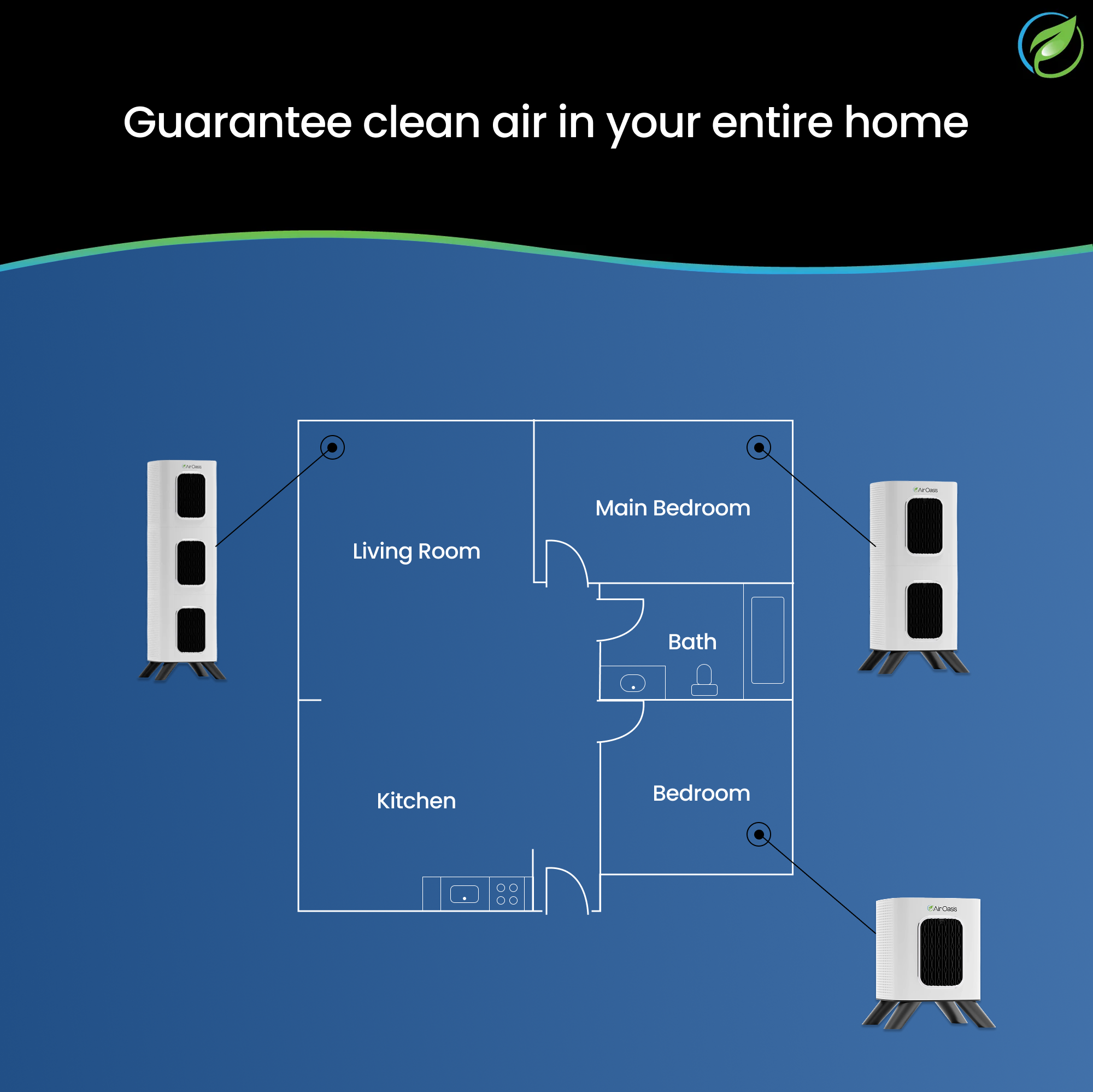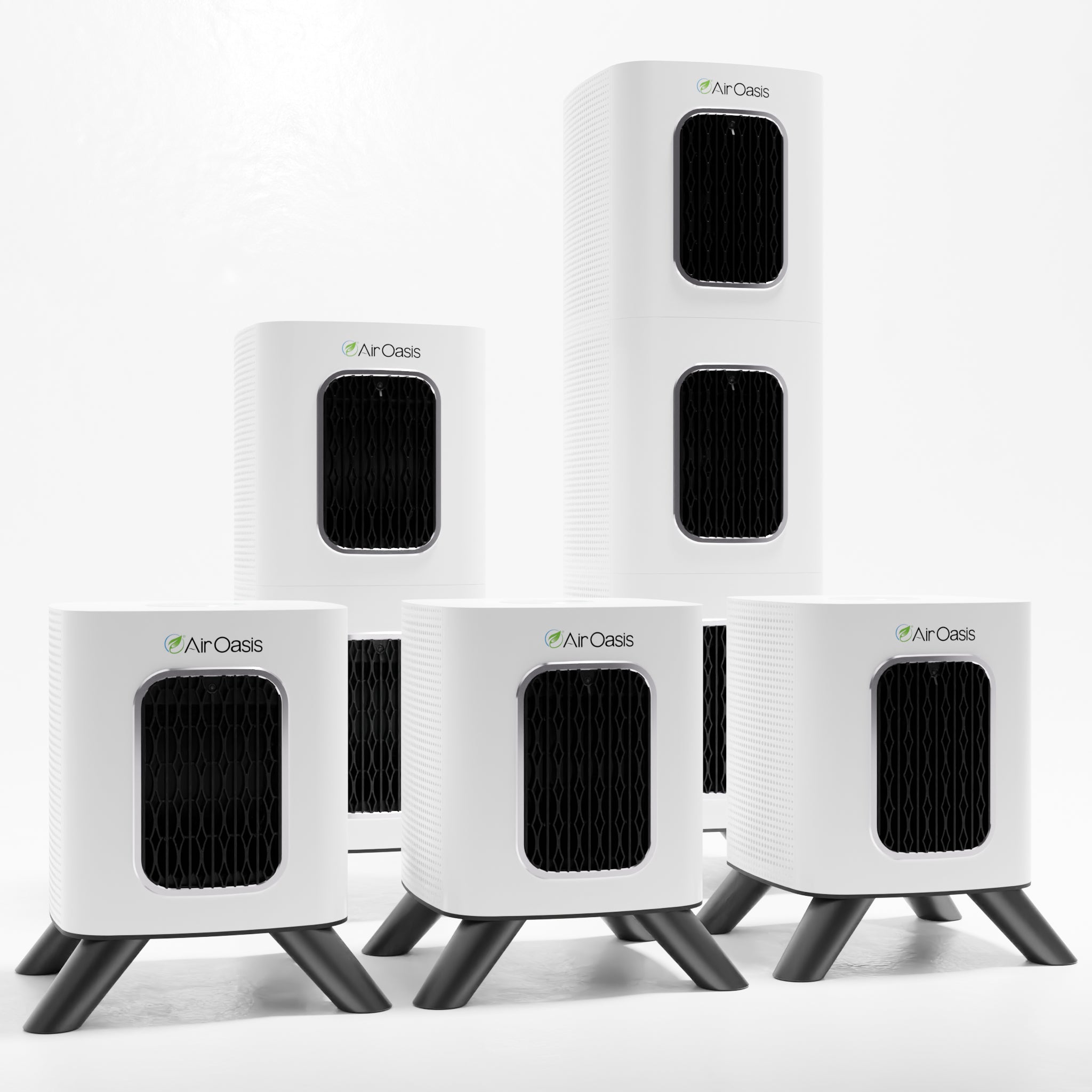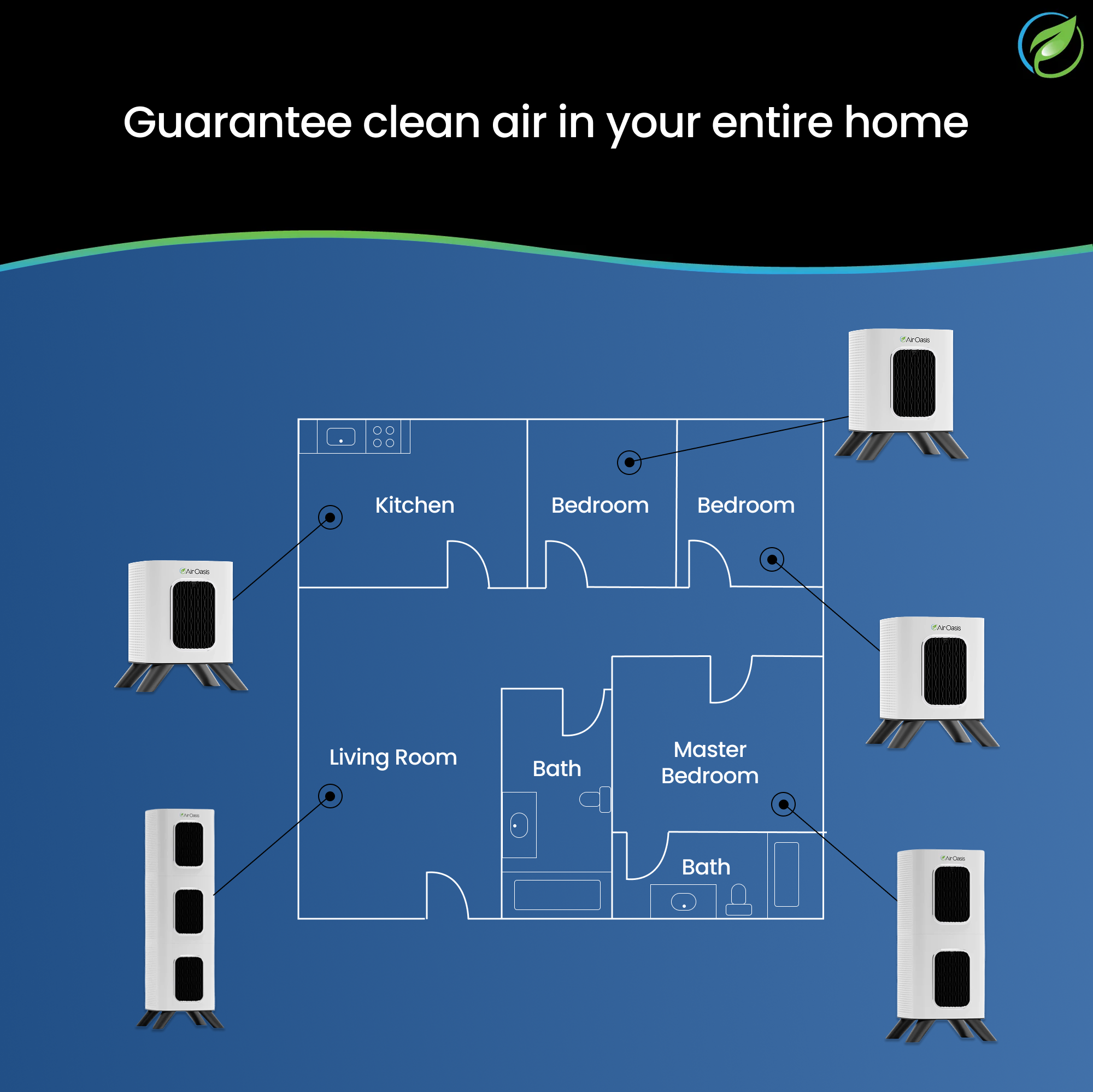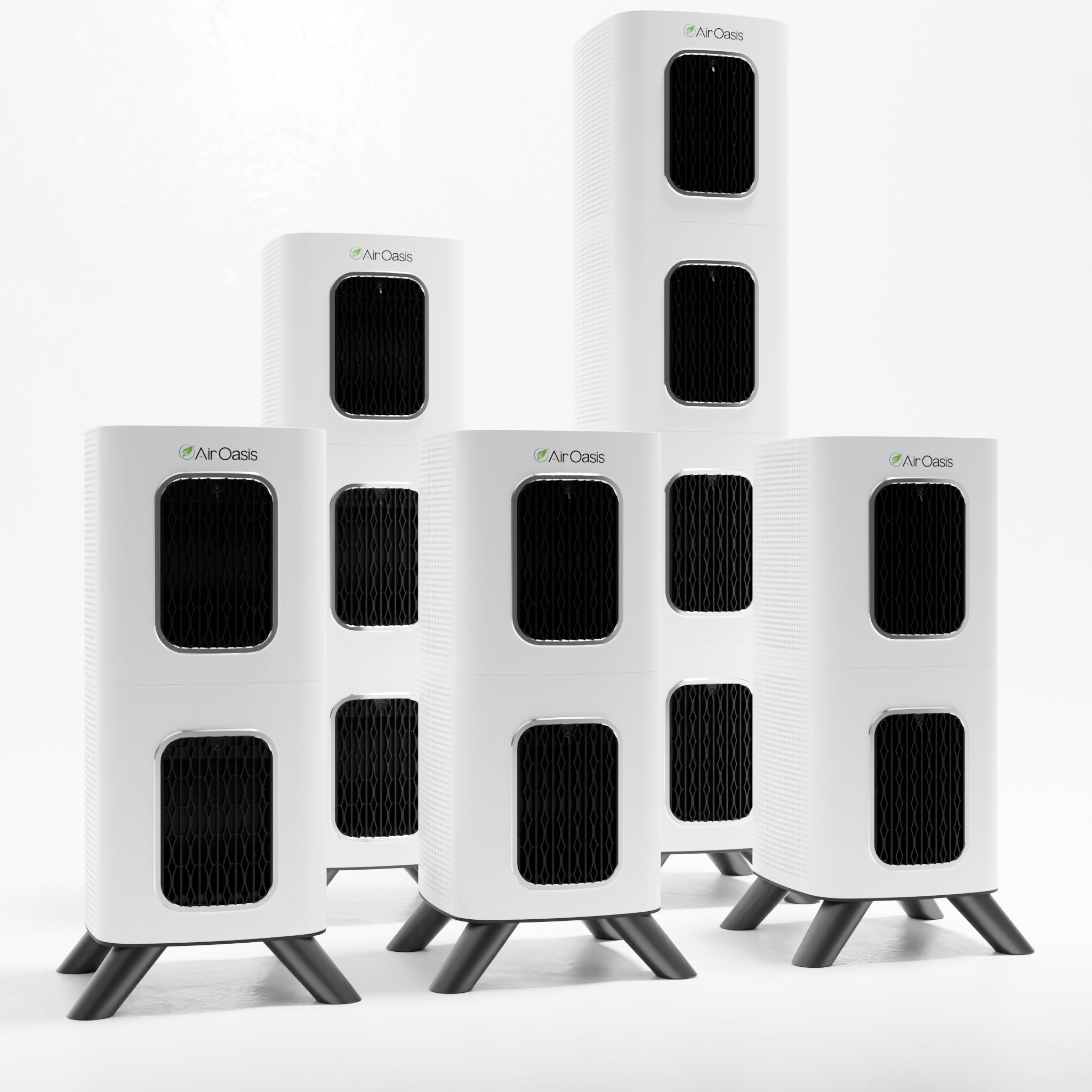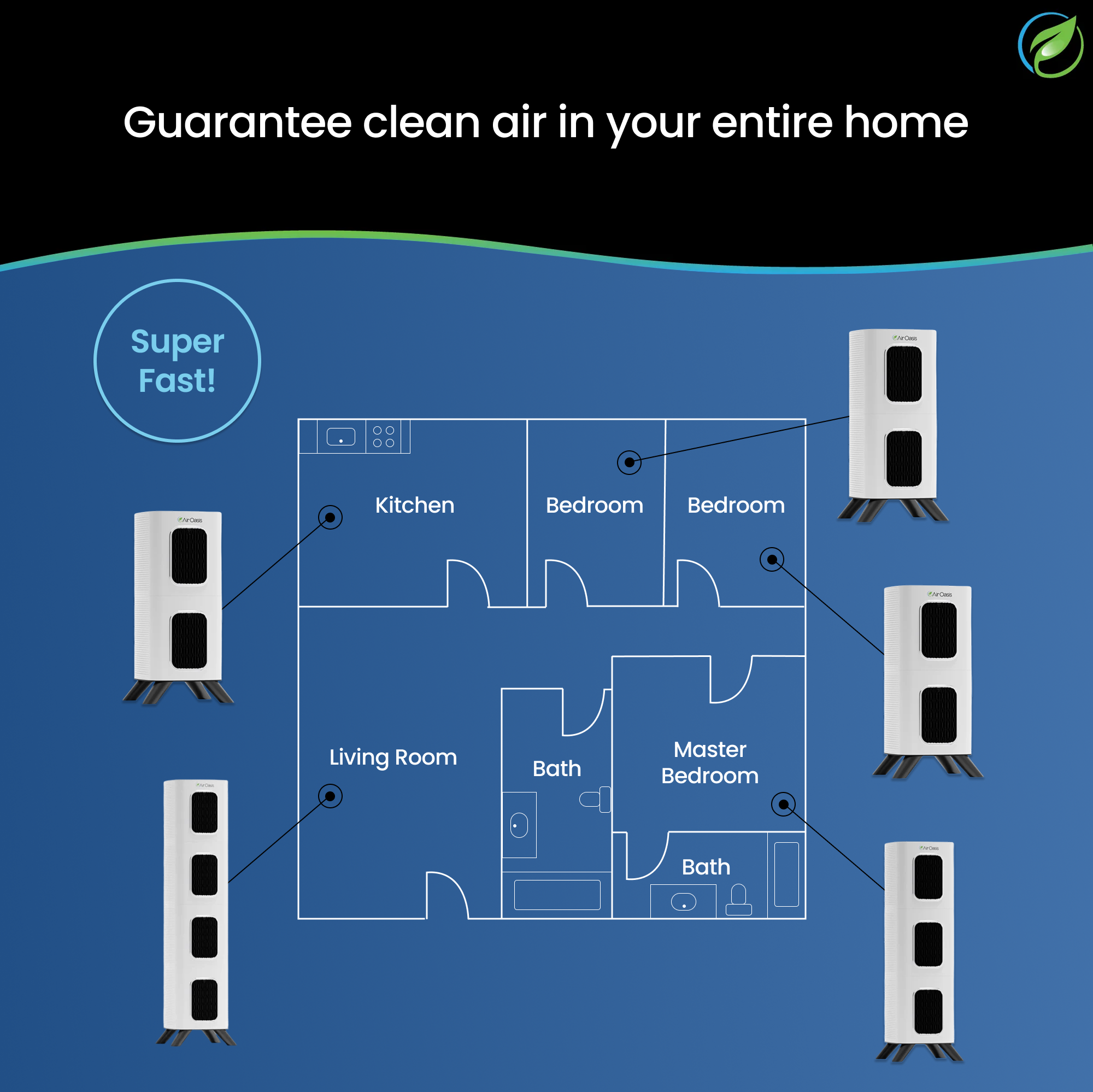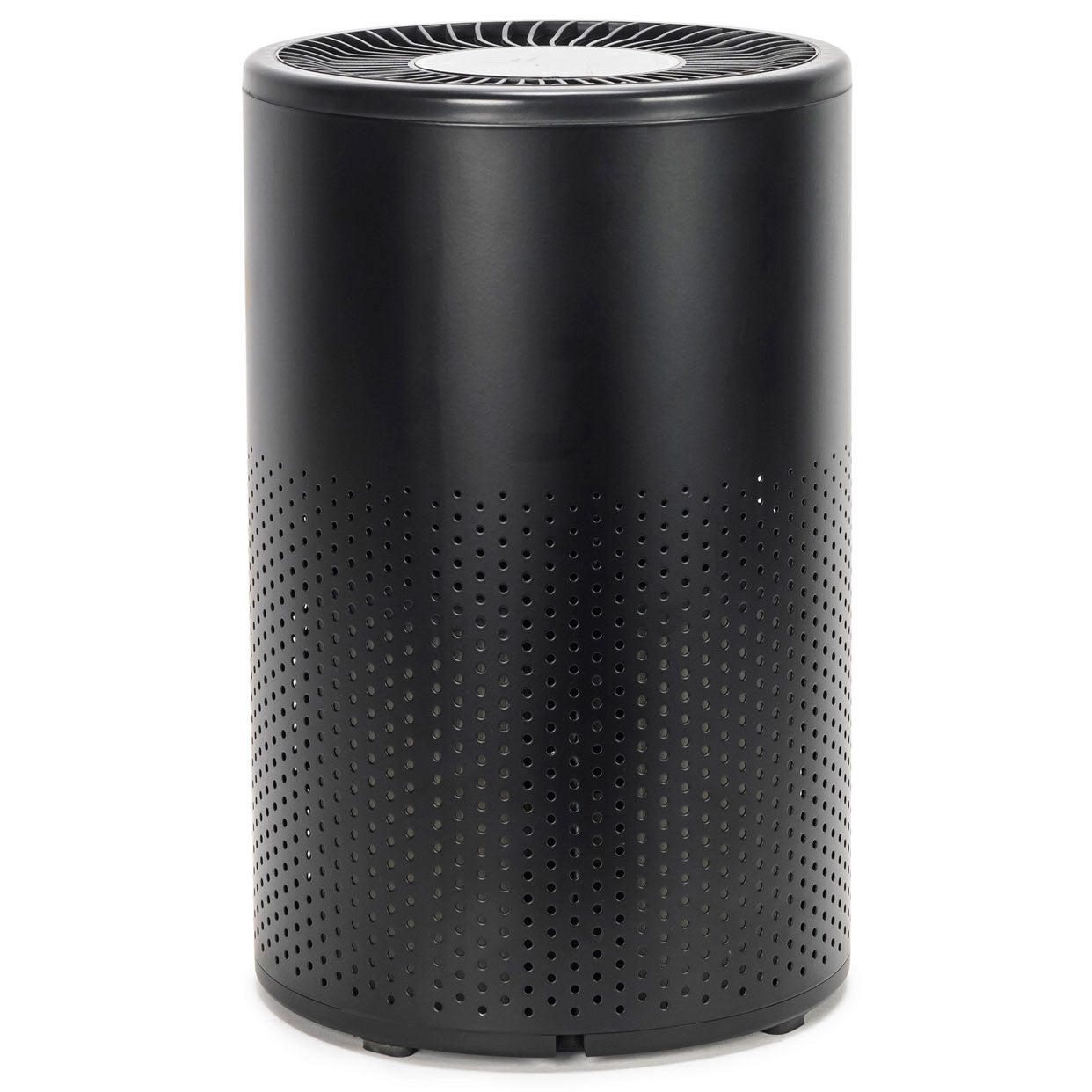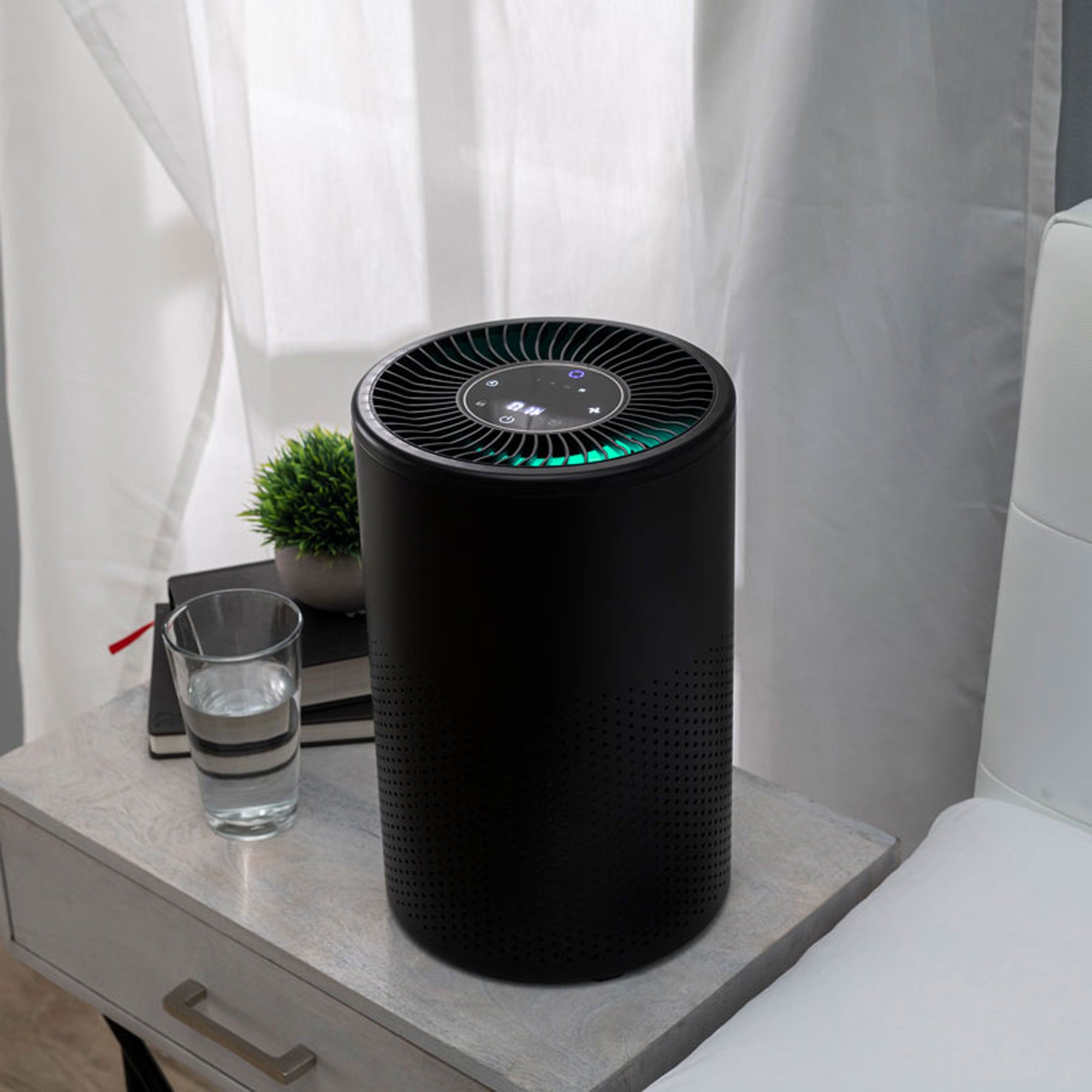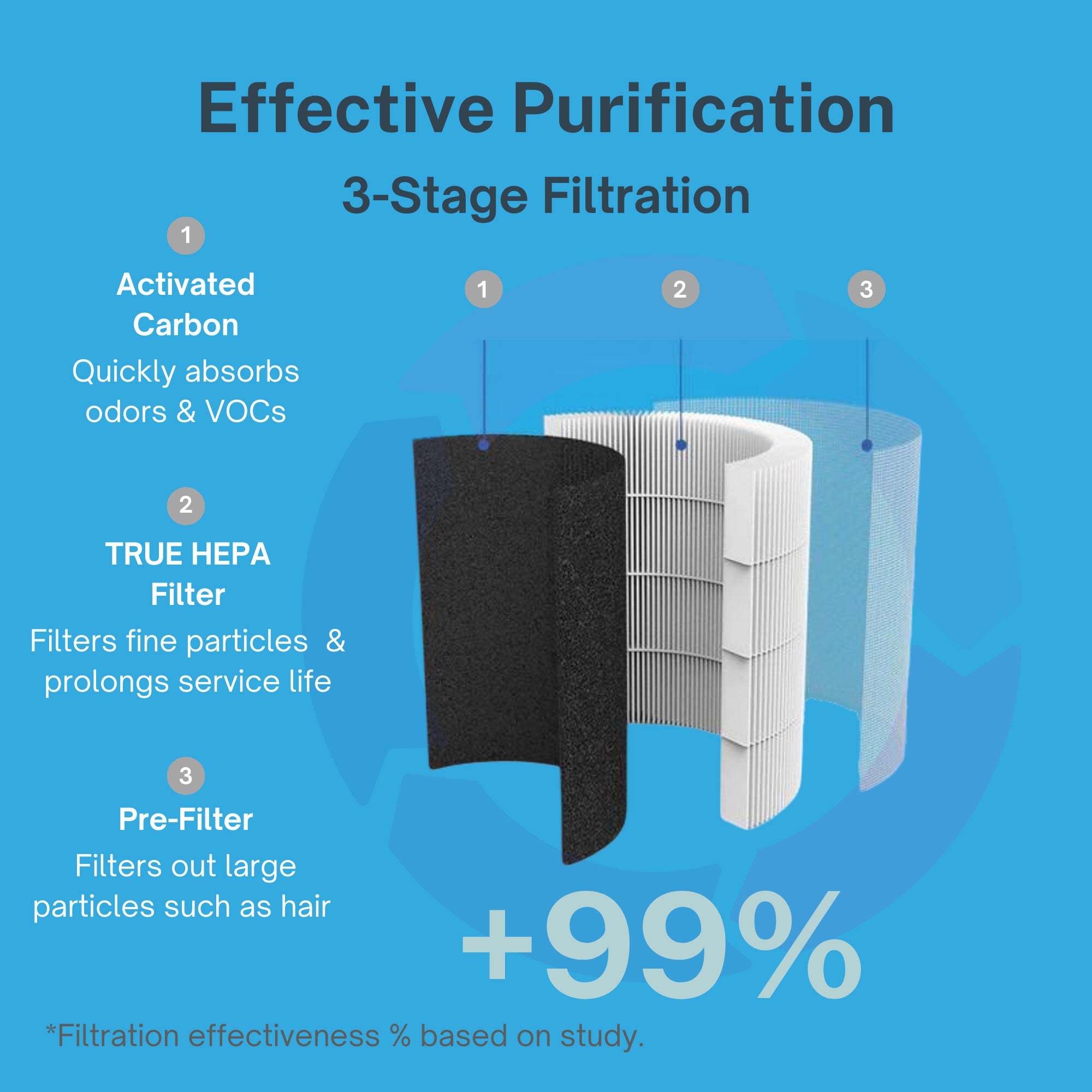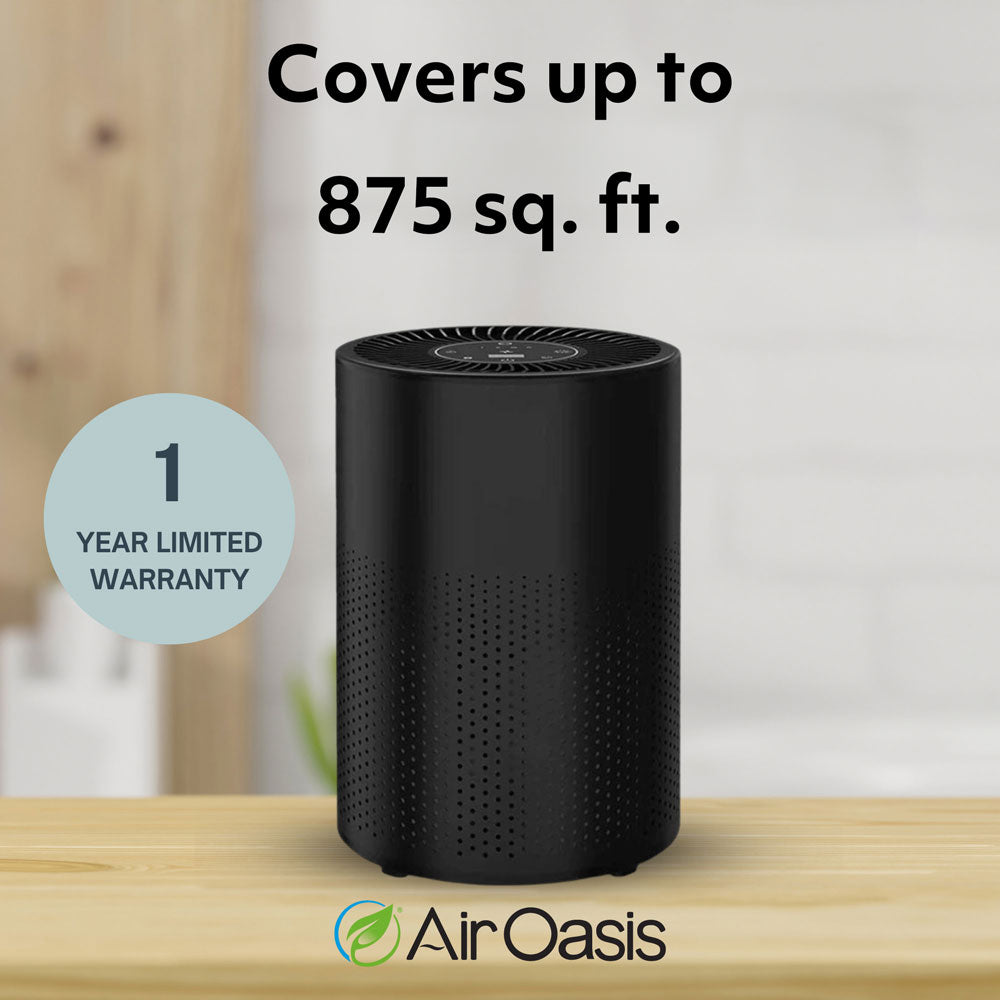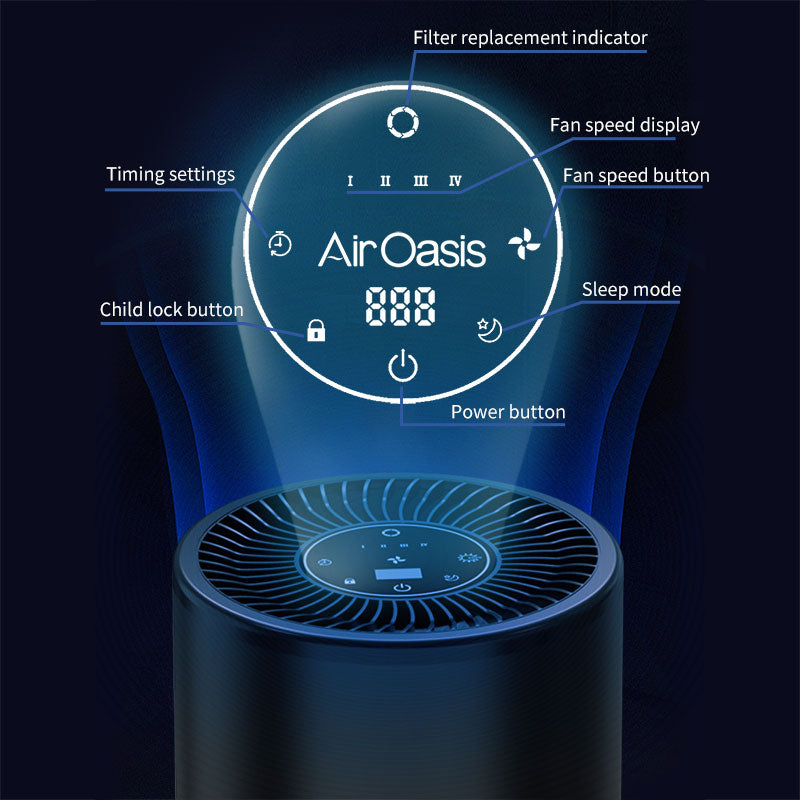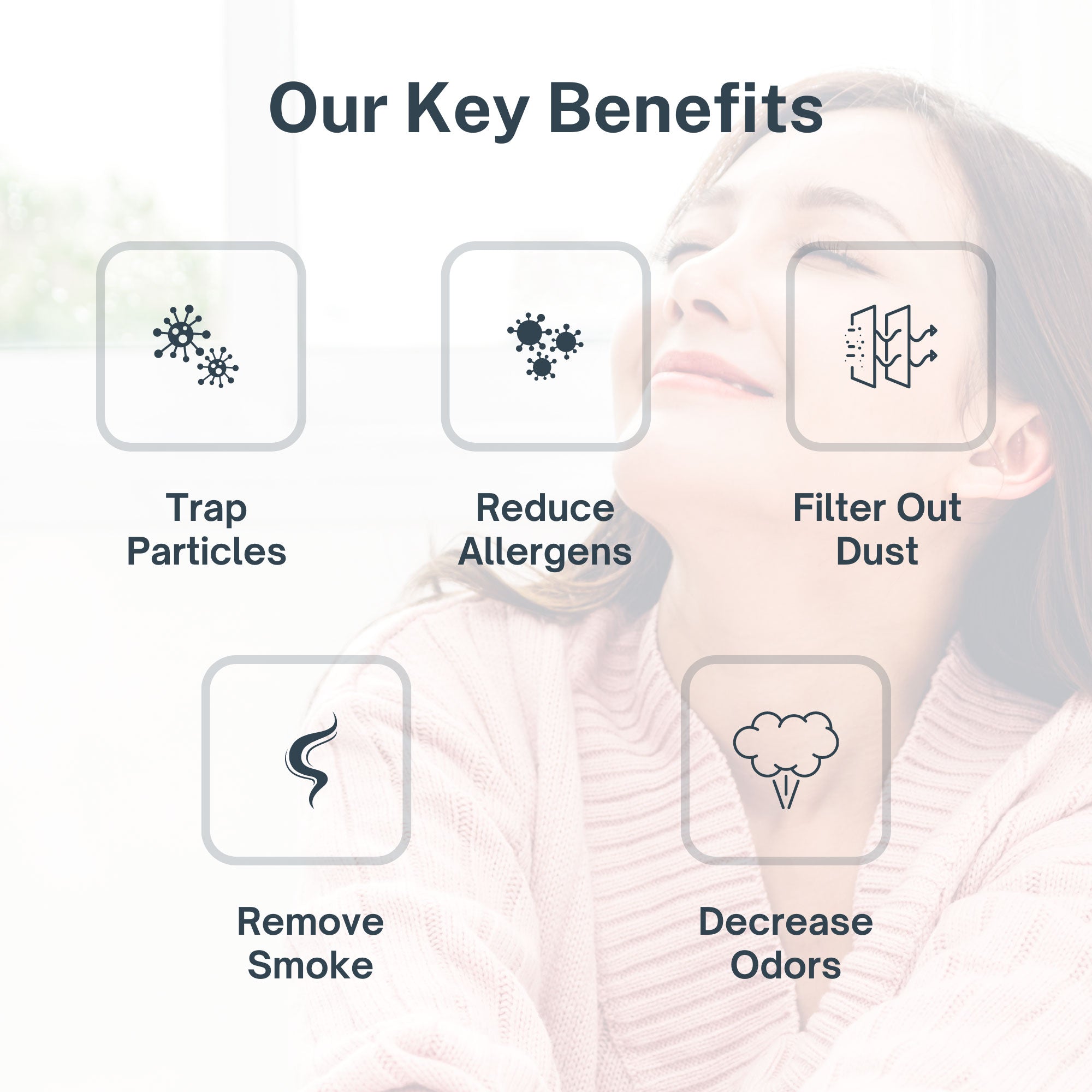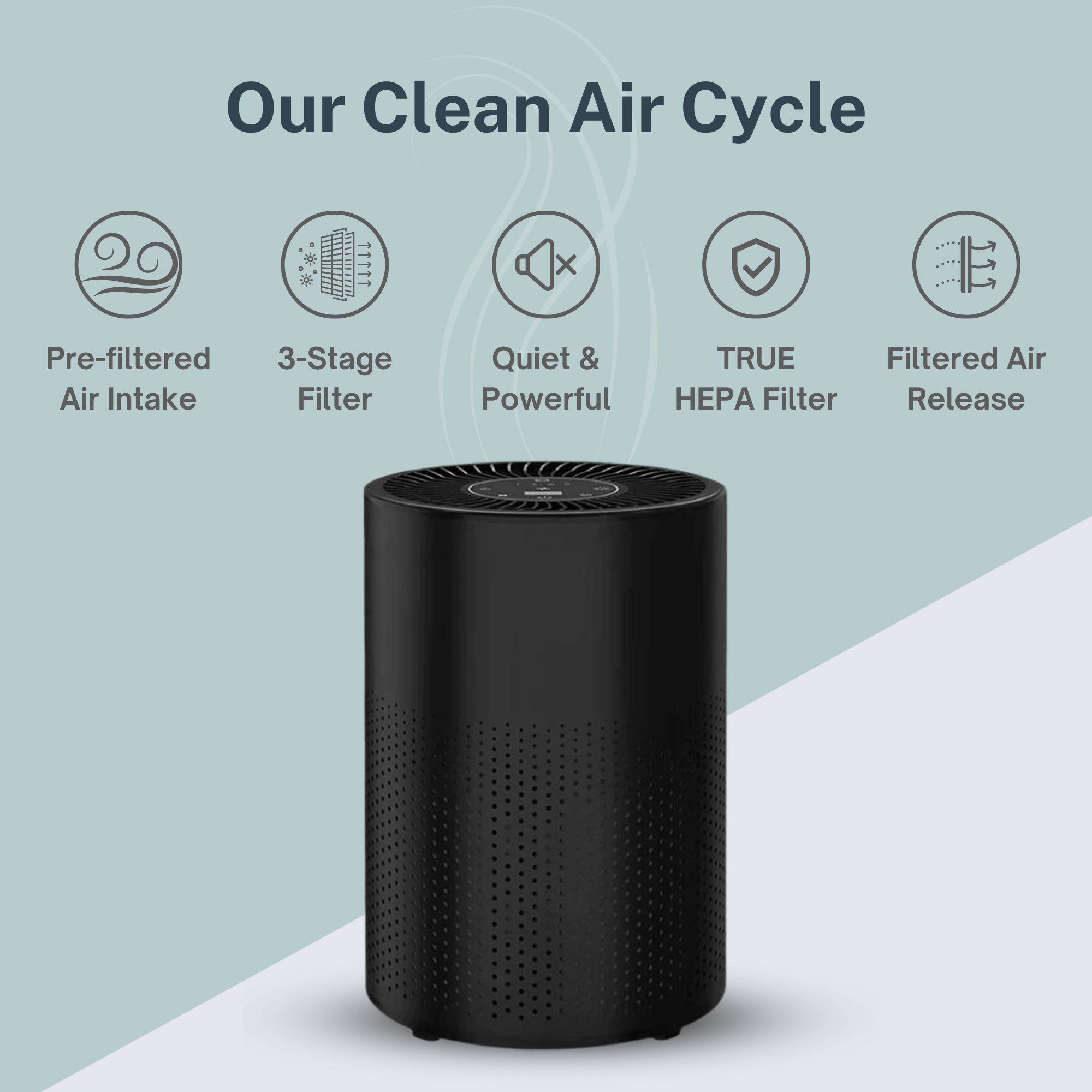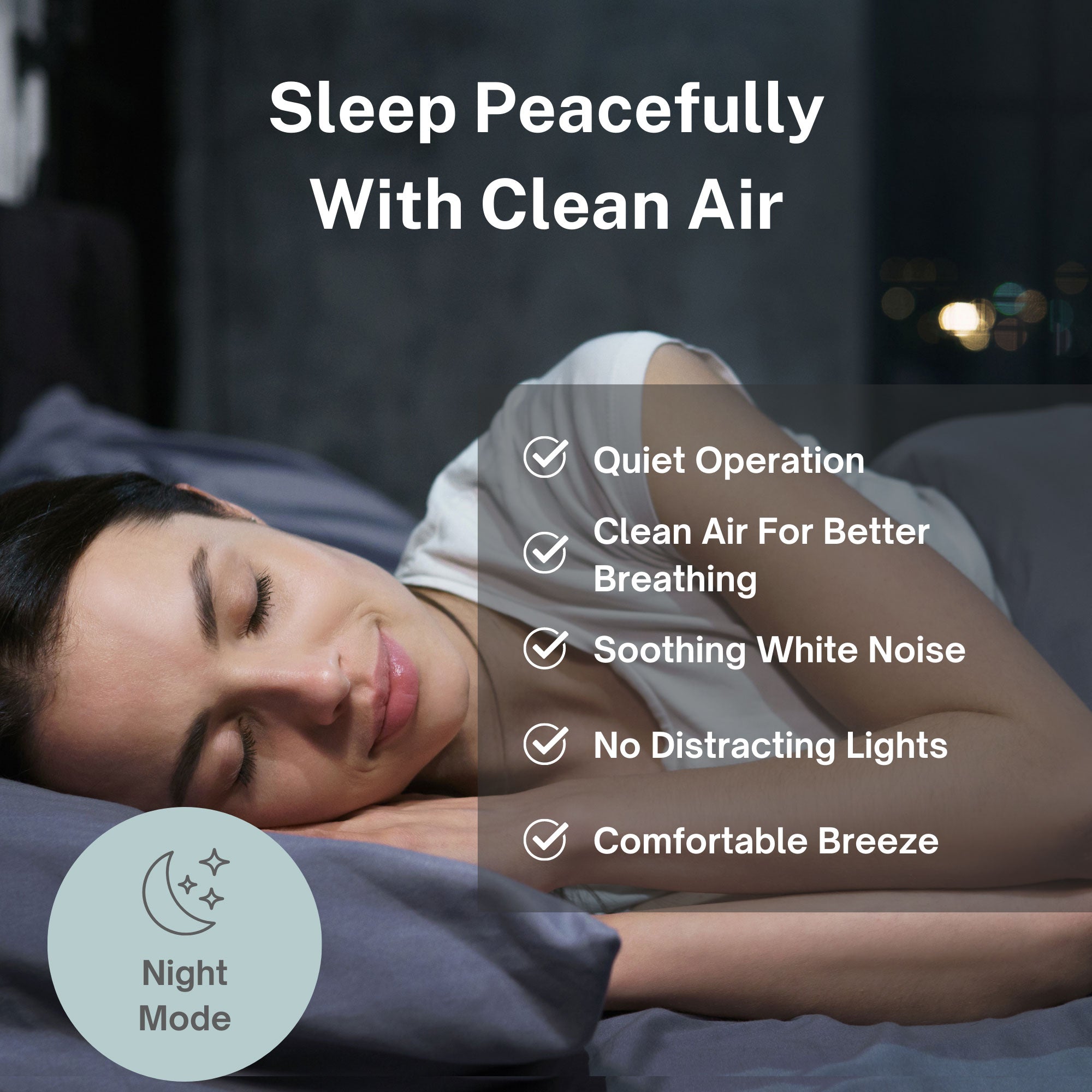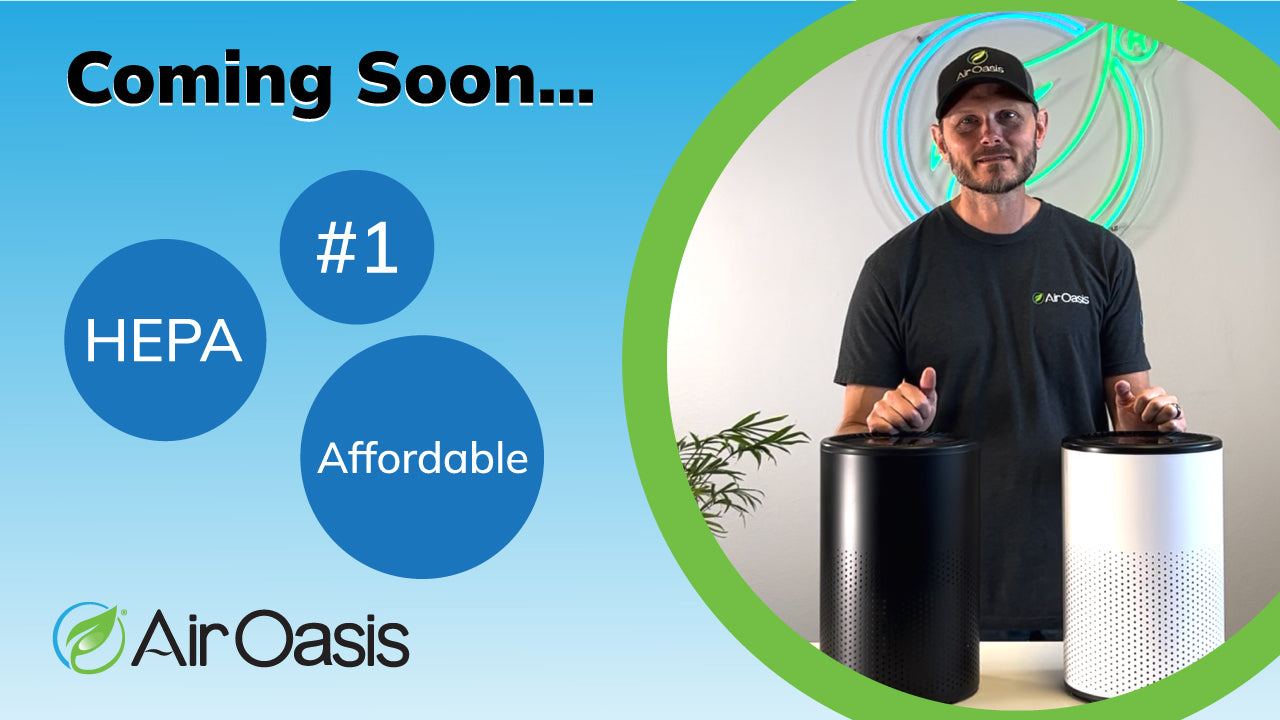The recent House vote to block California's authority to set its own vehicle emission standards represents more than just another partisan battle—it strikes at the heart of our nation's approach to air quality management and public health protection. For over 50 years, California has pioneered stricter air pollution controls under Clean Air Act waivers, setting benchmarks that often become national standards and drive technological innovation.
The Far-Reaching Impact of California's Clean Air Leadership
California's authority to establish stricter emission standards isn't just about one state's policies. When California implements advanced air quality measures—like its plan to phase out new gas-powered vehicles by 2035—the effects ripple across the nation. Eleven other states typically follow California's lead, collectively representing over 40% of the U.S. auto market.
This leadership role has positioned California as an environmental policy laboratory, developing and testing stricter standards that often become templates for federal regulations. The state's unique waiver authority has been instrumental in addressing its historically severe air pollution challenges while pushing the automotive industry toward cleaner technologies.
The Science Behind Air Pollution Concerns
Vehicle emissions represent the largest source of greenhouse gasesin the United States today. Beyond climate impacts, these emissions contribute to ground-level ozone, particulate matter, and other pollutants with direct human health consequences. Respiratory diseases, cardiovascular problems, and premature deaths are all linked to air pollution exposure.
California's ambitious electric vehicle transition isn't just about environmental idealism—it's a practical response to genuine public health threats. The state's air quality regulator estimates that these regulations would cut greenhouse gas emissions from passenger vehicles in half by 2040, while significantly reducing other harmful pollutants.
Indoor Air Quality: The Often-Overlooked Dimension
While the political battle over emission standards continues, a critical aspect often goes unaddressed: indoor air quality. Americans spend approximately 90% of their time indoors, where air pollutant concentrations can be 2-5 times higher than outdoor levels. Even with stricter outdoor emissions standards, indoor air remains a significant health concern.
Vehicle emissions that escape regulation don't simply disappear—they become part of our breathing environment, eventually making their way into our homes, schools, and workplaces. This indoor-outdoor air relationship means that regulatory rollbacks can have direct consequences for the air quality in our most personal spaces.
The Growing Importance of Personal Air Quality Control
As regulatory protections face uncertainty, personal control over air quality becomes increasingly important. Advanced air purification systems with medical-grade HEPA filtration can remove up to 99.97% of airborne particulates—including many pollutants associated with vehicle emissions. Multi-stage filtration technology that combines HEPA with activated carbon can address both particulate and gaseous pollutants.
For individuals with respiratory conditions, chemical sensitivities, or other vulnerabilities, proper indoor air purification provides a critical layer of protection regardless of external regulatory changes. This isn't just about comfort—it's about creating controlled environments that safeguard health when broader protections are compromised.
Future Outlook: Moving Beyond Political Polarization
Harvard's Salata Institute analysis suggests that while California's waivers contribute to accelerating EV adoption, electric vehicles will continue gaining market share regardless of these specific regulations. Market forces and consumer preferences are already driving a transition that may be slowed but not stopped by regulatory changes.
However, the compounding effects of multiple policy rollbacks—including potential losses of EV tax credits and charging infrastructure funding—could significantly impact both the pace of transition and air quality improvements. This makes comprehensive air quality strategies, including both advocacy for strong regulations and personal air quality management, essential.
Taking Control of Your Air Quality
While the debate over California's authority continues, Americans don't have to wait for political resolution to address air quality concerns. Comprehensive indoor air purification technology provides immediate protection against many outdoor-originated pollutants while the regulatory landscape evolves.
For those concerned about the health impacts of air pollution, investing in proven air purification technology offers peace of mind amid regulatory uncertainty. As California's air quality standards face challenges, creating controlled indoor environments becomes not just a personal comfort choice but a proactive health strategy.
At Air Oasis, we believe everyone deserves clean air regardless of shifting regulations. If you're concerned about protecting yourself or loved ones from air pollution, shop Air Oasis today and take control of your indoor air quality while the broader regulatory picture unfolds.





